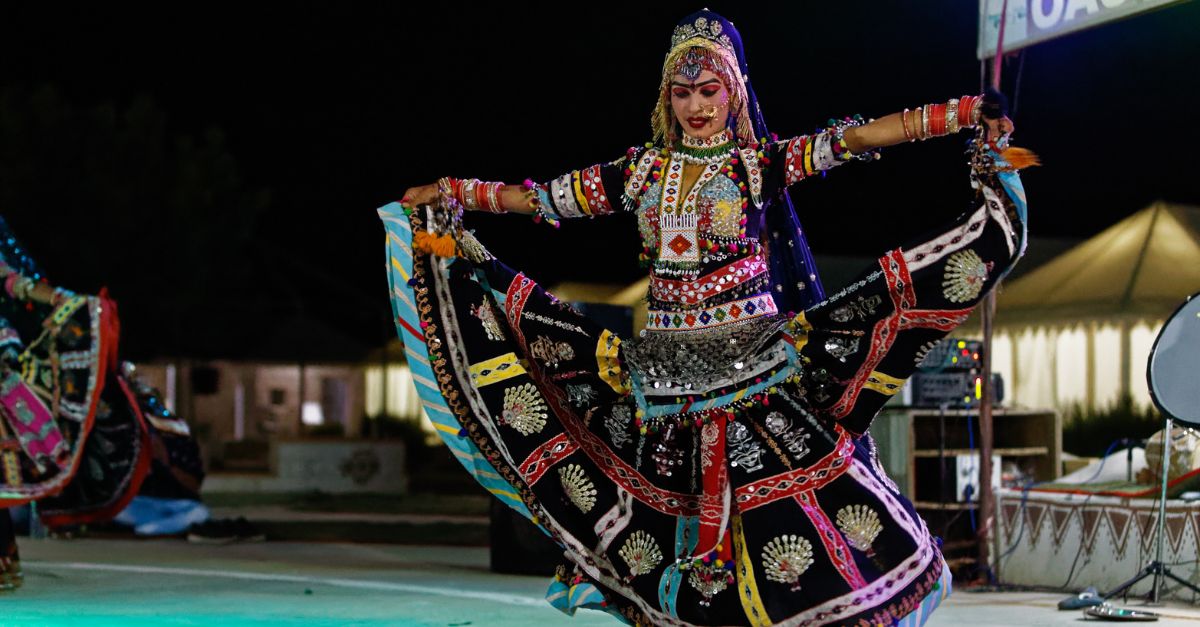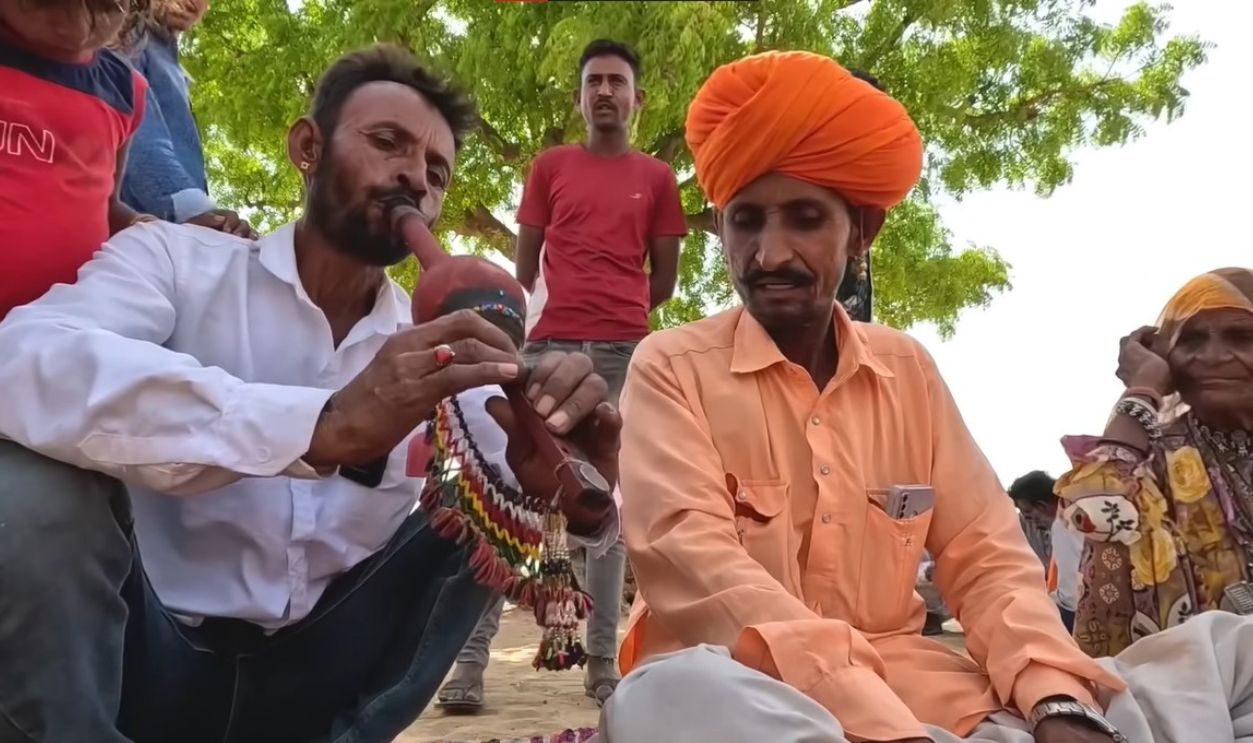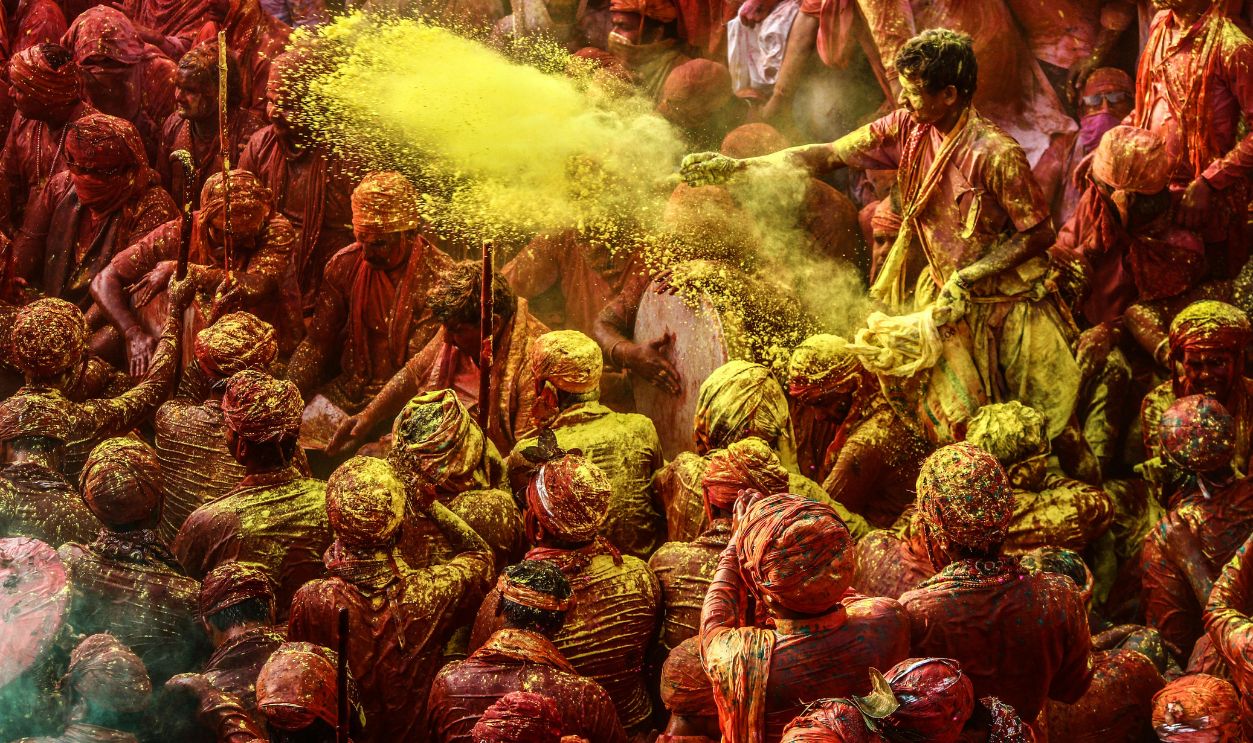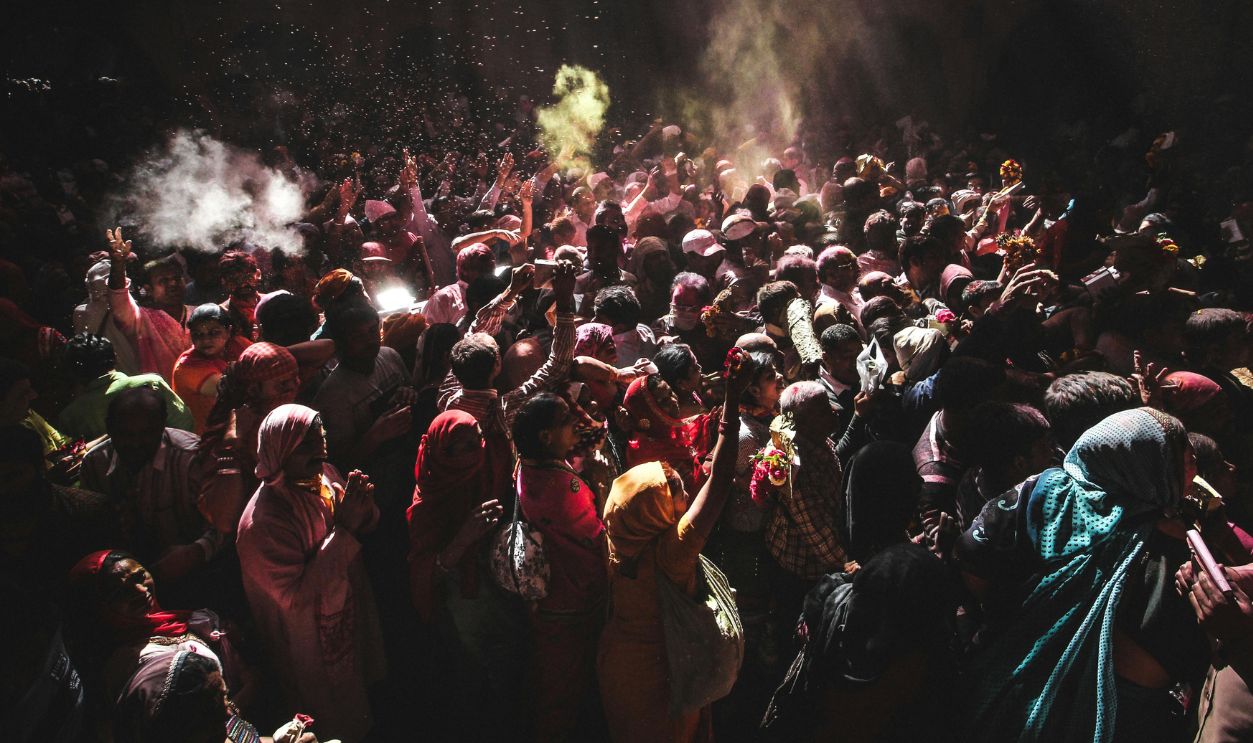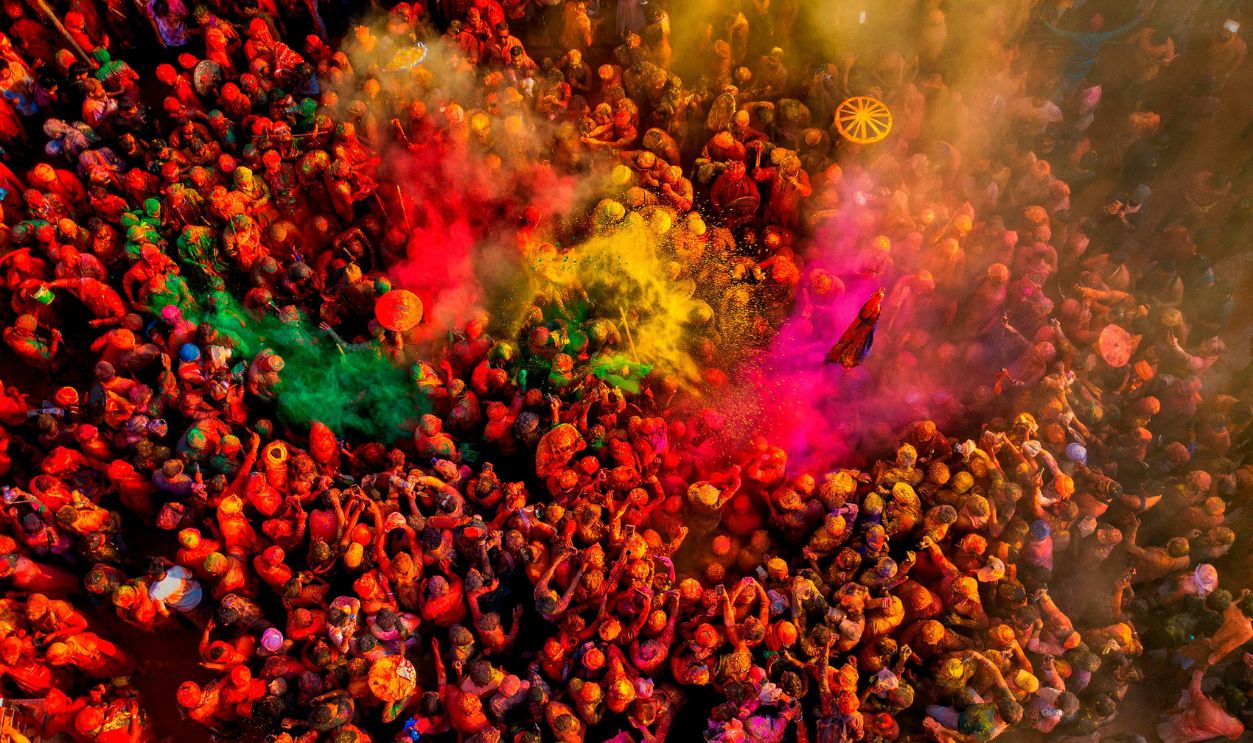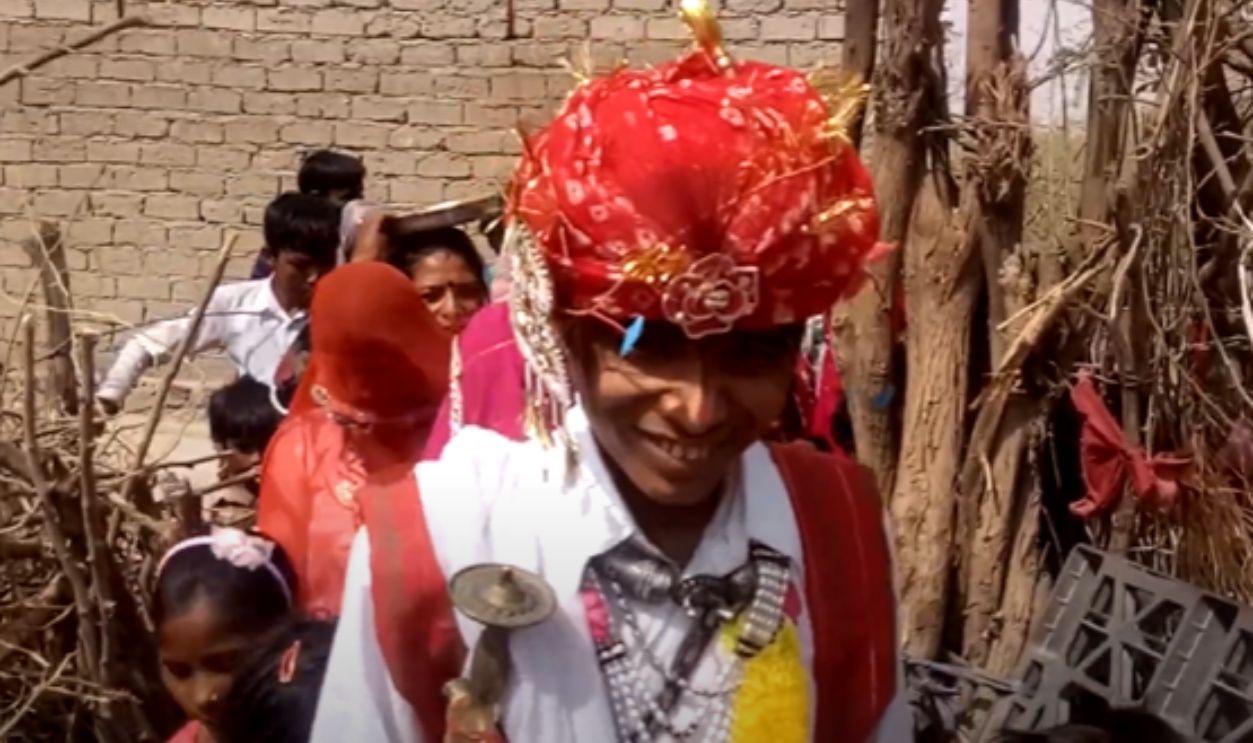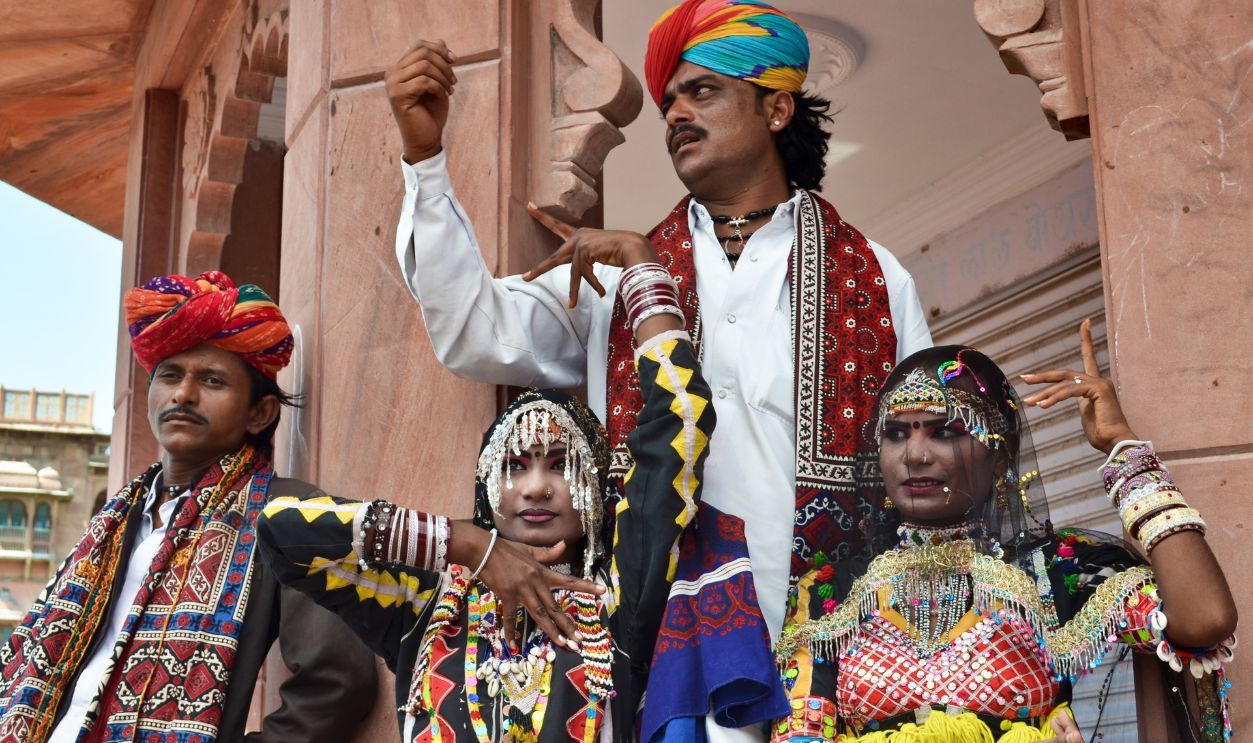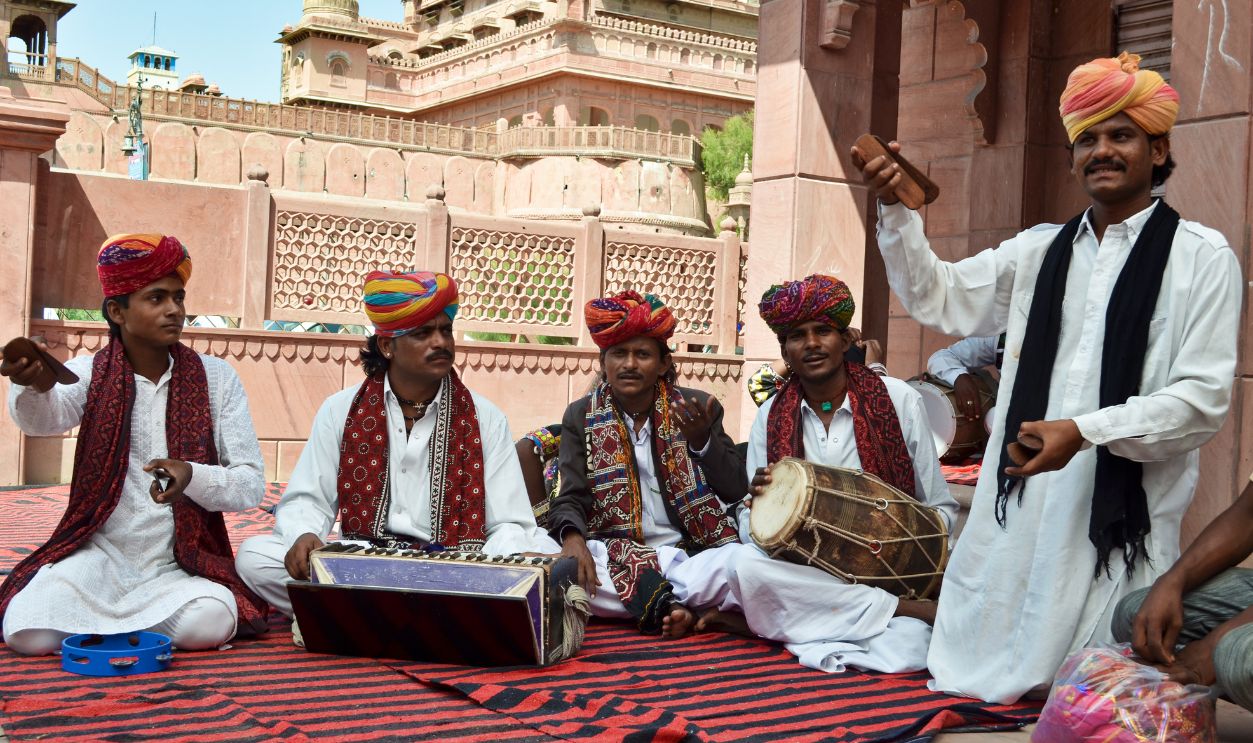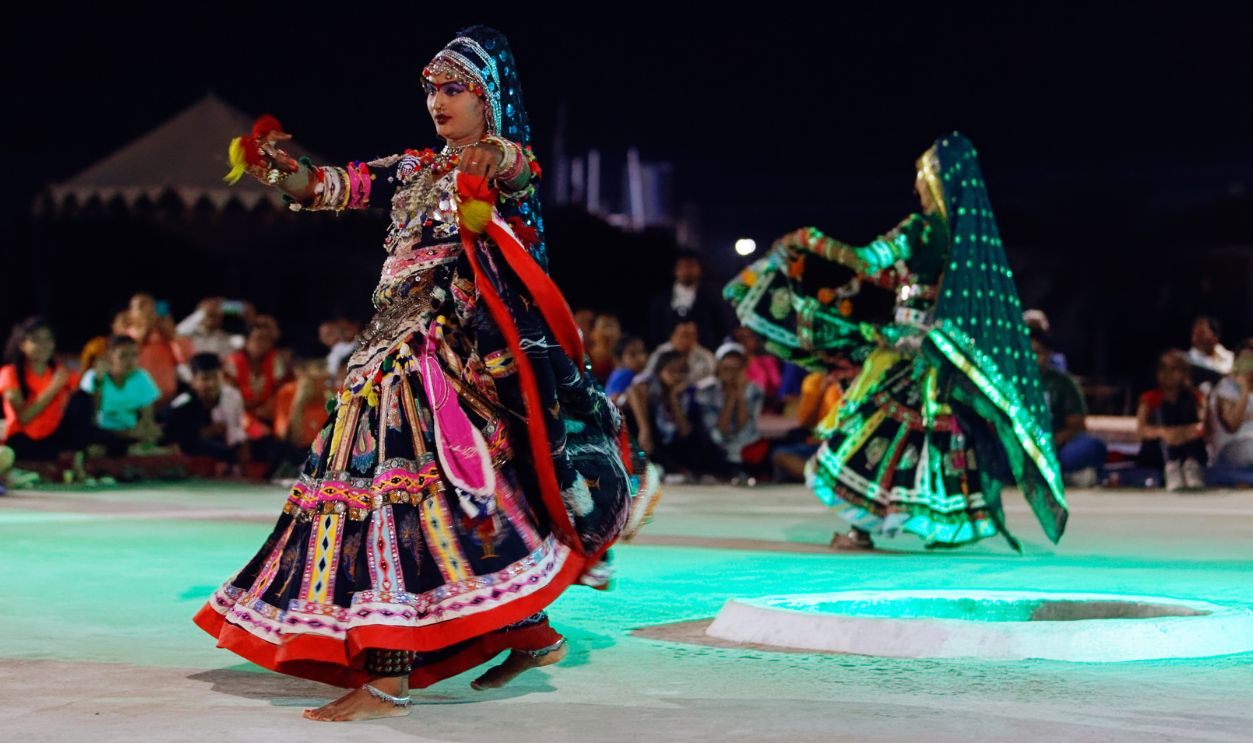Everything You Need To Know About This Tribe
As of 2024, UNESCO recorded over 60 million people in India living as nomads. Here's the fascinating story of one of these tribes based in Rajasthan—the snake-charmers.
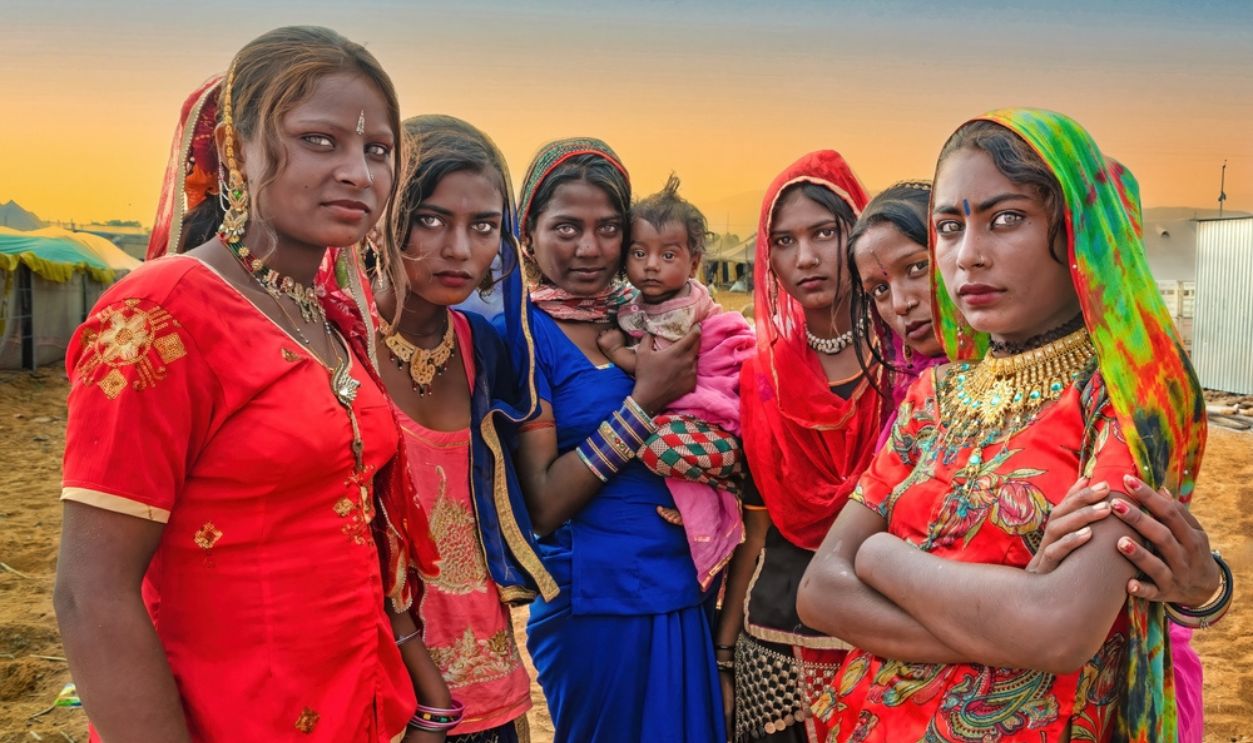
The Fascinating Lifestyle Of Nomadic Indian Tribe
Nomads don't build houses to live there; they're constantly moving, following seasonal cycles. India has about 350 tribal communities traveling as nomads. One of them is the Kalbeliyas. Here's everything about these famous snake charmers, including their distinct culture, traditions, beliefs, and what they do.
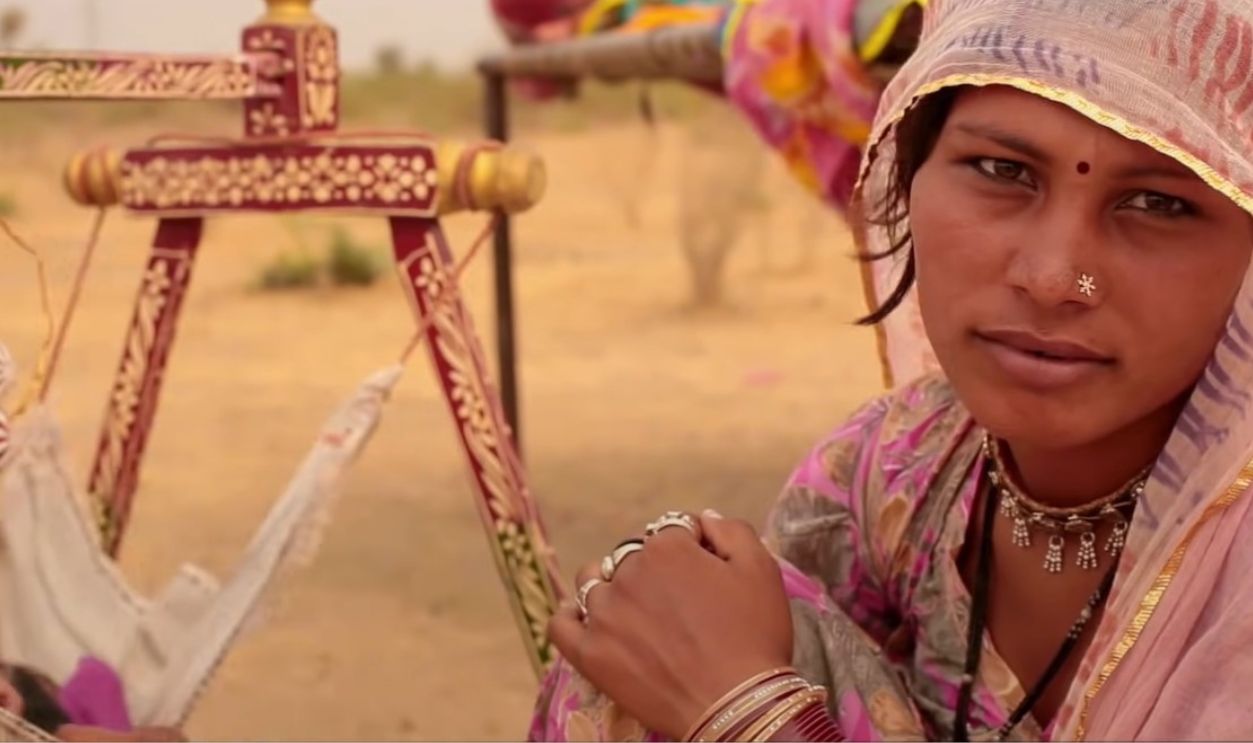 Inside The Kalbeliya Tribe Of Rajasthan by Brut India
Inside The Kalbeliya Tribe Of Rajasthan by Brut India
The Deserts Of Rajasthan
If you travel to the harsh deserts of Rajasthan, north-western India, one of the tribes you'd find are the nomadic snake-charmers. People who catch, charm, and tame poisonous snakes as dancing partners. While other kids grow up playing with toys, their children grow up playing with pythons.
 Inside The Kalbeliya Tribe Of Rajasthan by Brut India
Inside The Kalbeliya Tribe Of Rajasthan by Brut India
Hundreds Of Nomadic Tribes Live In The Deserts
Rajasthanis have distinct traditions. While the Bhopa tribe are nomadic Beethovens with unique violins called ravanahatha, the Bagriyas are skilled camel caretakers. The latter honor their gods in extreme ways, like never bathing—it is respected as holy.
 Rsmn, CC BY-SA 4.0, Wikimedia Commons
Rsmn, CC BY-SA 4.0, Wikimedia Commons
They Are Religious
Meanwhile, the Kalbeliyas (also Rajasthani) worship snakes to honor the Nāga and Manasa. They pray and celebrate on their holy day, Naga Panchami. A large portion of Kalbeliyas perform as folk dancers. Besides entertaining tourists and keeping their traditions alive, they also make some money.
 Aniket Murkute, CC BY-SA 4.0, Wikimedia Commons
Aniket Murkute, CC BY-SA 4.0, Wikimedia Commons
"Those Who Love Snakes"
These nomads believe they're descendants of Kanifnath, a sage who, legend says, got the power to control venomous creatures after drinking a bowl of poison. These people are the Kalbeliya tribe, and their name literally means "those who love snakes". They live in the dry, tough, and sandy Thar Desert.
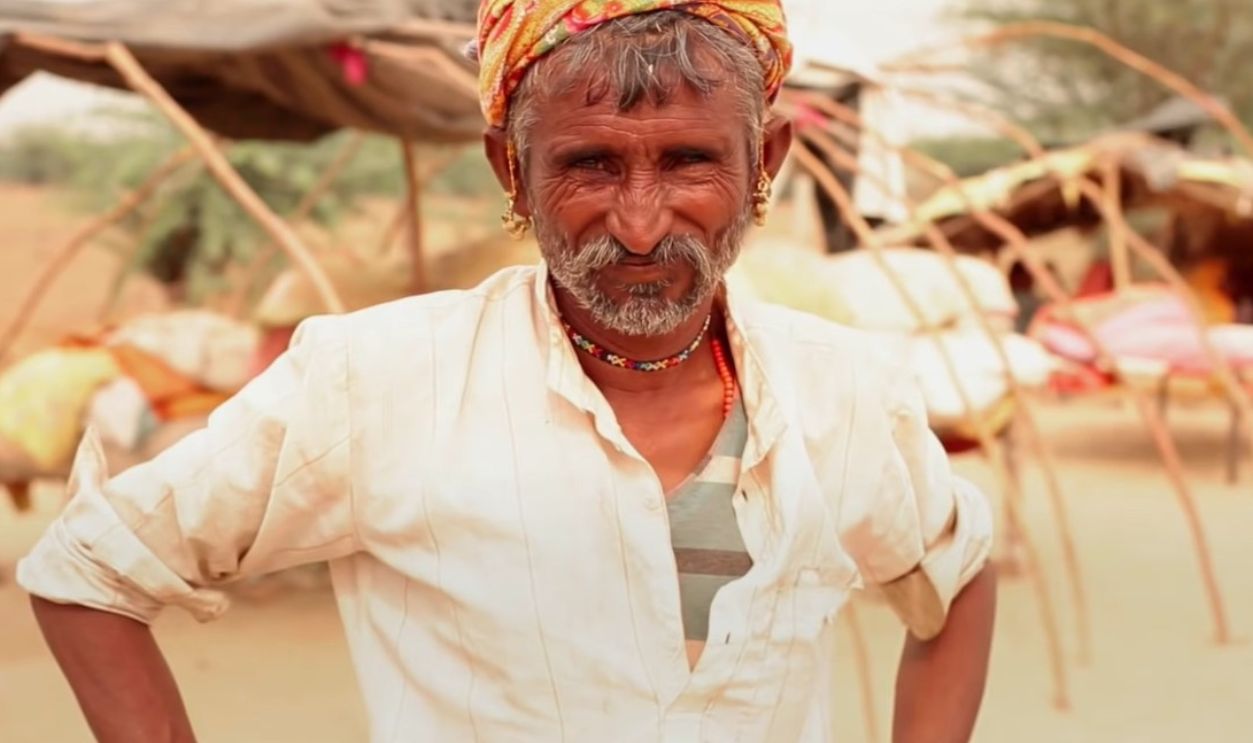 Inside The Kalbeliya Tribe Of Rajasthan by Brut India
Inside The Kalbeliya Tribe Of Rajasthan by Brut India
They Are Born Entertainers
Their culture is fascinating, especially the music and Kalbeliya dances, which mimic snake movements. They're fun and attract travelers who come to watch them perform live. Tourists also stop at Pushkar when they need a spiritual energy boost.
 Sahil, CC BY 2.0, Wikimedia Commons
Sahil, CC BY 2.0, Wikimedia Commons
They Have A Distinct Culture
According to legend, some Kalbeliyas were deported by Persian and Ottoman armies. Others migrated across continents before reaching Europe. The Kalbeliyas attract tourists with their different traditions and skills, including their music, crafts, and, of course, their captivating dance.
 Ashwin Geet Dsa, CC BY-SA 4.0, Wikimedia Commons
Ashwin Geet Dsa, CC BY-SA 4.0, Wikimedia Commons
These Nomads Live In Makeshift Camps
Kalbeliyas often moved around catching snakes and selling their venom. They also rear dogs, hens, and goats. Since there aren't bungalows or duplexes in this scorching desert, Kalbeliyas live in makeshift camps called deras. Sadly, cooking gas is another luxury many can't afford.
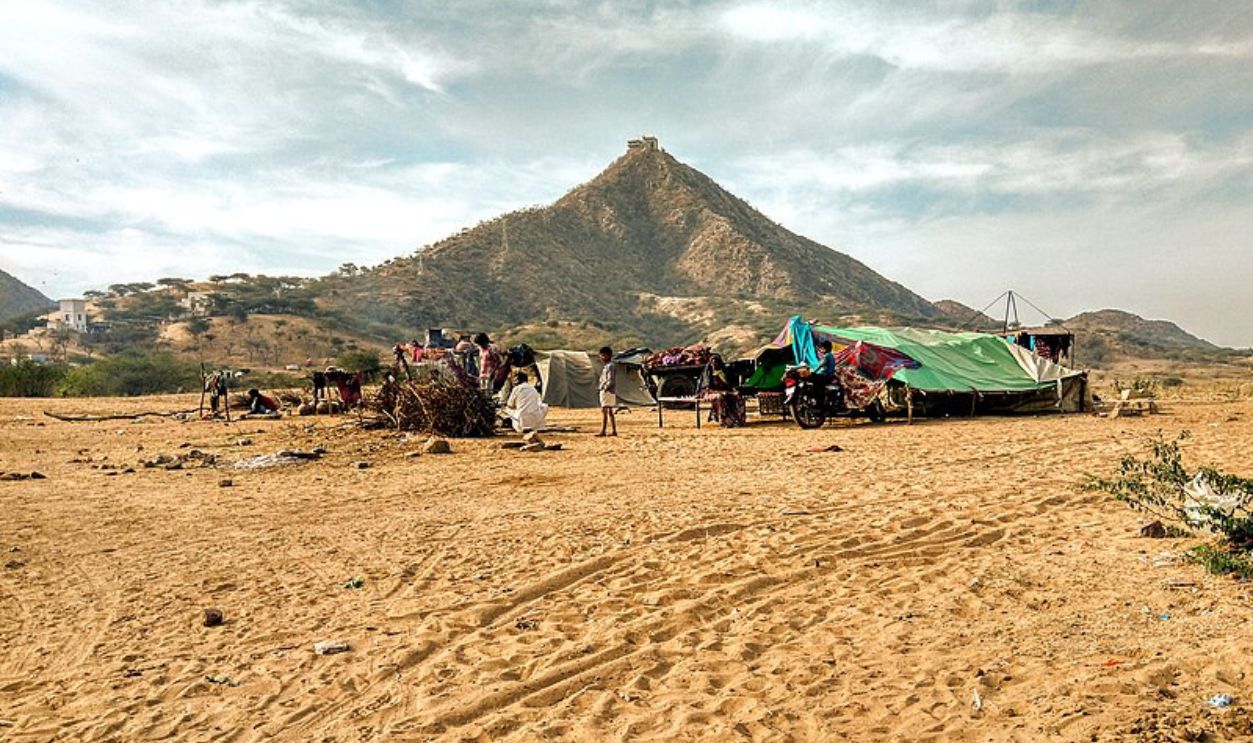 RASHIKA AGARWAL, CC BY-SA 4.0, Wikimedia Commons
RASHIKA AGARWAL, CC BY-SA 4.0, Wikimedia Commons

History's most fascinating stories and darkest secrets, delivered to your inbox daily.
Charcoal Is A Source Of Income
They get coal (fuel) from the Kata tree, a shrub with thorns sharp enough to pop a tire. Most Kalbeliyas have to work hard with their family. They use Kata tree branches to build protective walls against wild animals like panthers. They also sell the charcoal in neighboring villages.
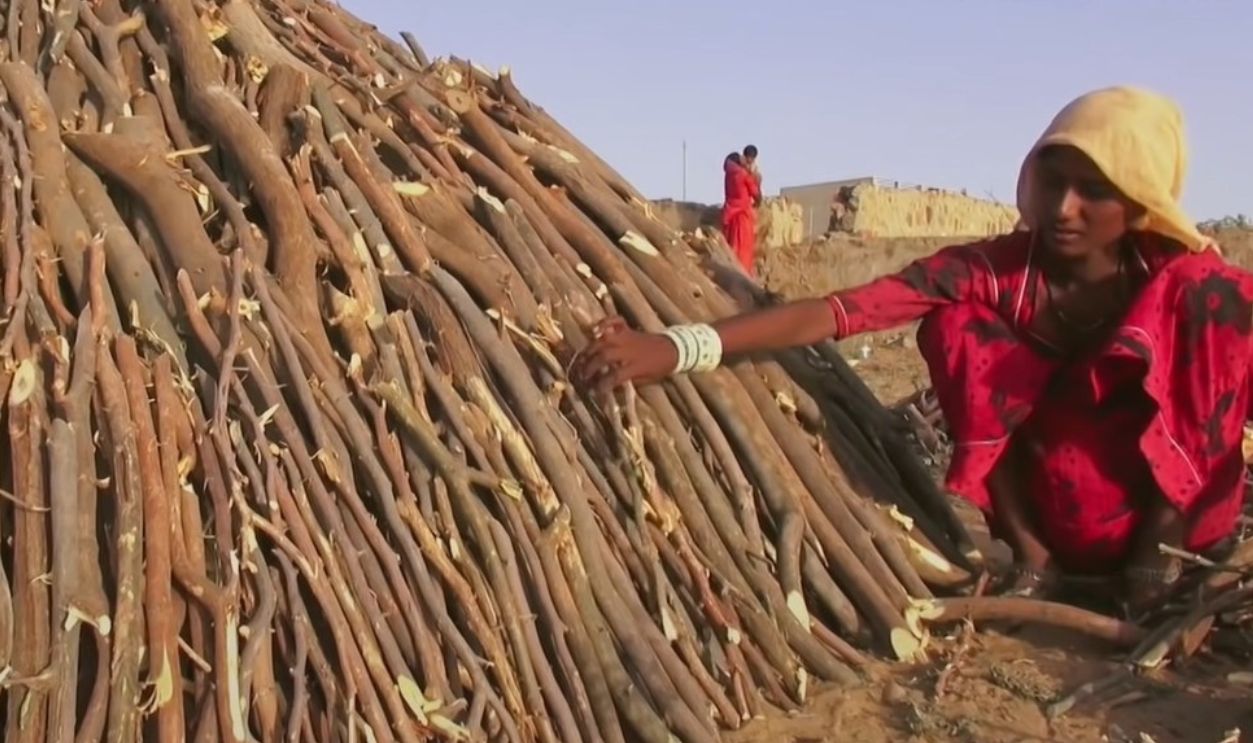 Inside The Kalbeliya Tribe Of Rajasthan by Brut India
Inside The Kalbeliya Tribe Of Rajasthan by Brut India
They Sell In Wholesale
After stacking firewood and covering them up, they burn the charcoal piles. Then, they cover them to reduce oxygen levels and produce high-quality charcoal. It takes them at least three days. Finally, the family sells their charcoal to wholesalers, who bring it to the markets.
 Inside The Kalbeliya Tribe Of Rajasthan by Brut India
Inside The Kalbeliya Tribe Of Rajasthan by Brut India
They Treat Diseases
This tribe has learned about the plants and animals around them for generations. Some even use this knowledge to treat different diseases in exchange for money. Kalbeliya camps are often busy with namaste greetings rendering the air as they balance work and family life.
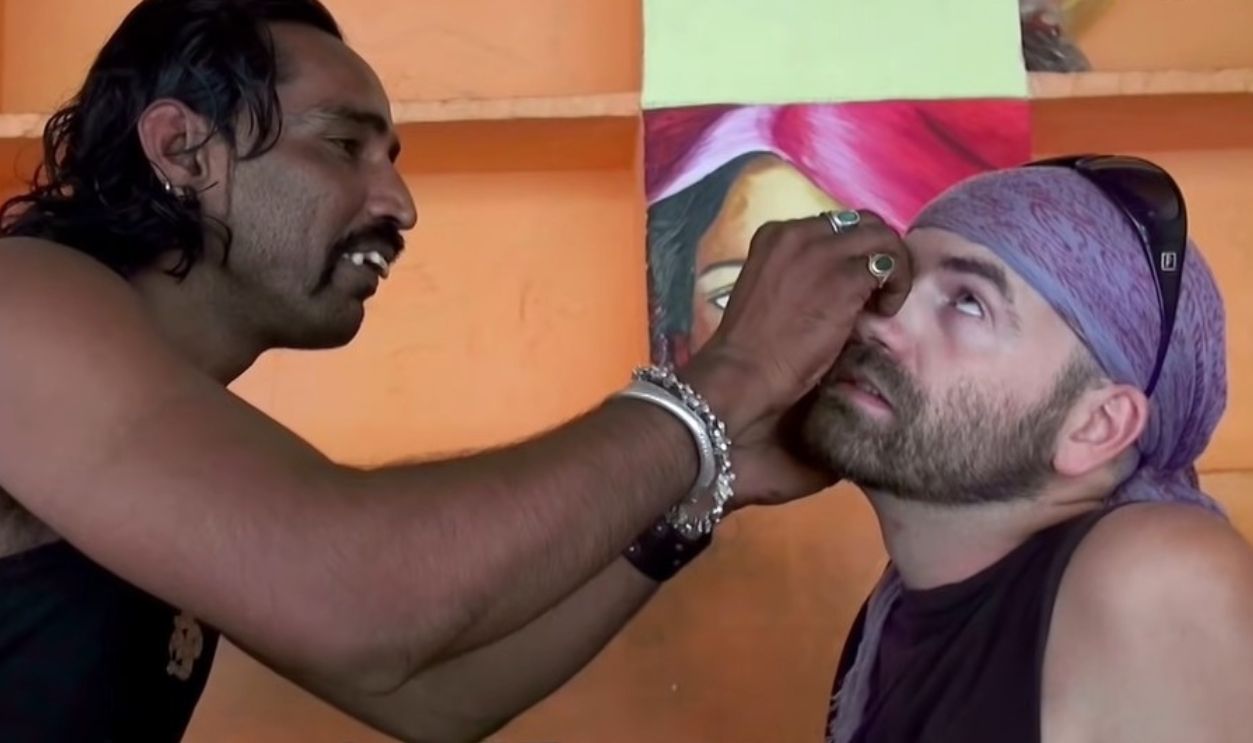 Inside The Kalbeliya Tribe Of Rajasthan by Brut India
Inside The Kalbeliya Tribe Of Rajasthan by Brut India
Kalbeliyas Take Measures Against The Scorching Sun
The average Kalbeliya family starts the day by lighting a fire to keep them warm in the biting cold of the morning. They also drink hot chai while cleaning utensils with ashes. They hang damp clothes indoors when the temperature rises to cool their central tent.
 Kalbelia folk songs and dances of Rajasthan by UNESCO
Kalbelia folk songs and dances of Rajasthan by UNESCO
They Can Teach Dancers
Work is constant in this camp. Many young Kalbeliyas live in a settled camp. They make henna for tourists who want temporary tattoos and hair coloring. They also teach Kalbeliya dance to interested visitors. Surprisingly, many dancers travel to learn its sensuous moves and improve their technique.
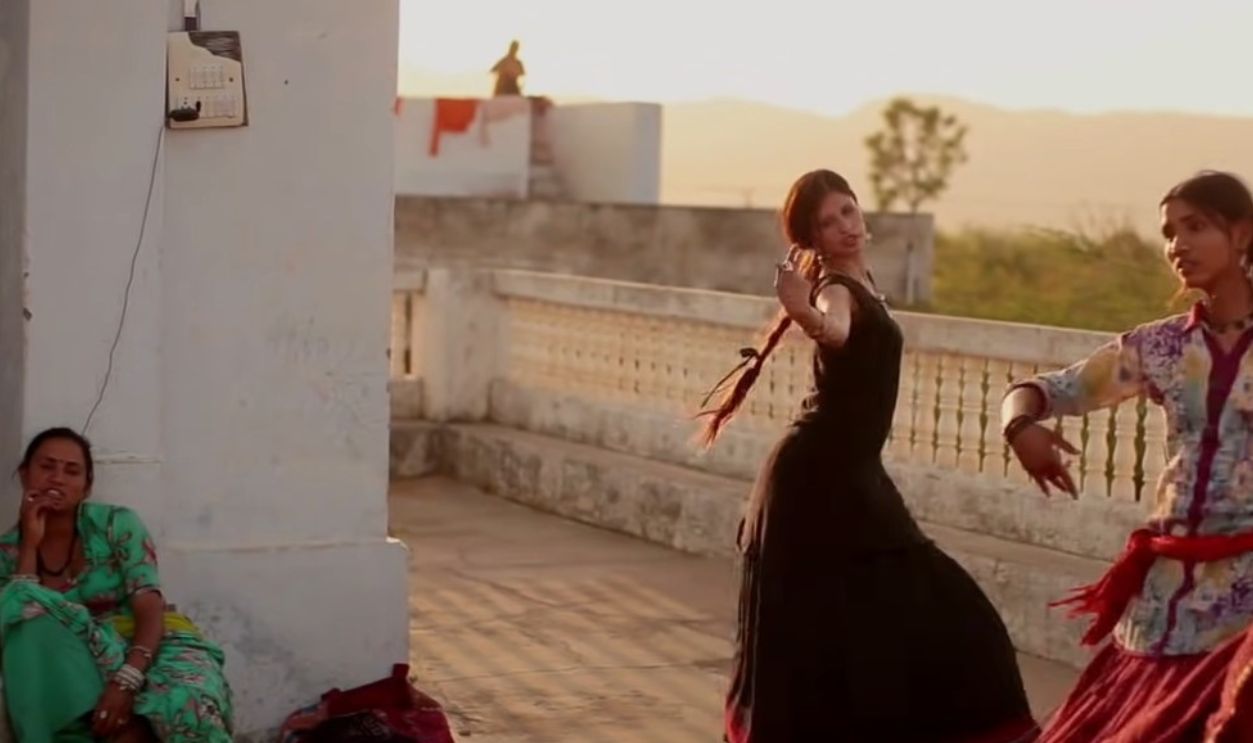 Inside The Kalbeliya Tribe Of Rajasthan by Brut India
Inside The Kalbeliya Tribe Of Rajasthan by Brut India
Their Co-Dancers Are Cobras And Pythons
A dance learned with a cobra or python isn't ordinary. That's what makes Kalbeliyas dances unique. Even as they adapt to changing times, they still love twisting and turning to the rhythmic beats of goat-skin drums. Their snake-charming culture preserves their identity and makes them relevant.
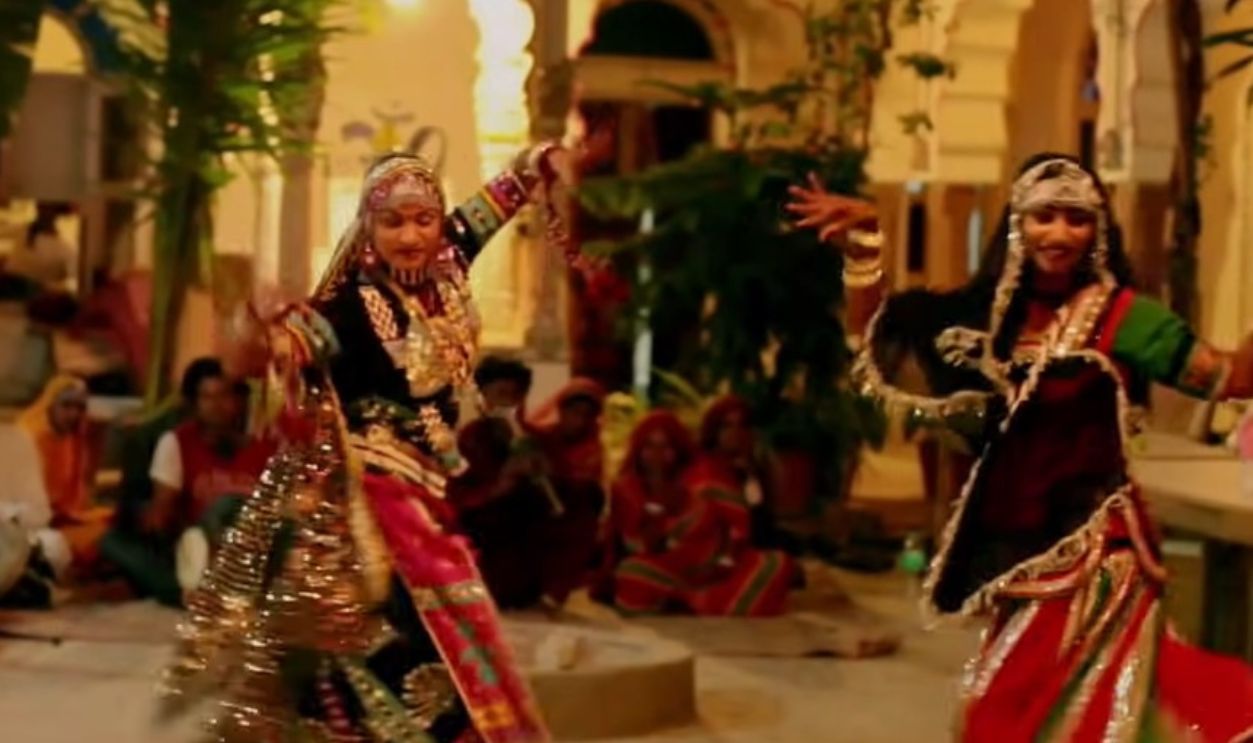 Inside The Kalbeliya Tribe Of Rajasthan by Brut India
Inside The Kalbeliya Tribe Of Rajasthan by Brut India
Dance Costumes Are Colorful
Although Kalbeliyas dance clothing isn't runway-fashionable, it sparkles with small mirrors and silver threads. Female dancers wear flowing black skirts that twirl like a twisting snake. Then, they wear the odhani (headcloth), angrakha (for the upper body), and lehenga (for the lower body)—all in striking black and red.
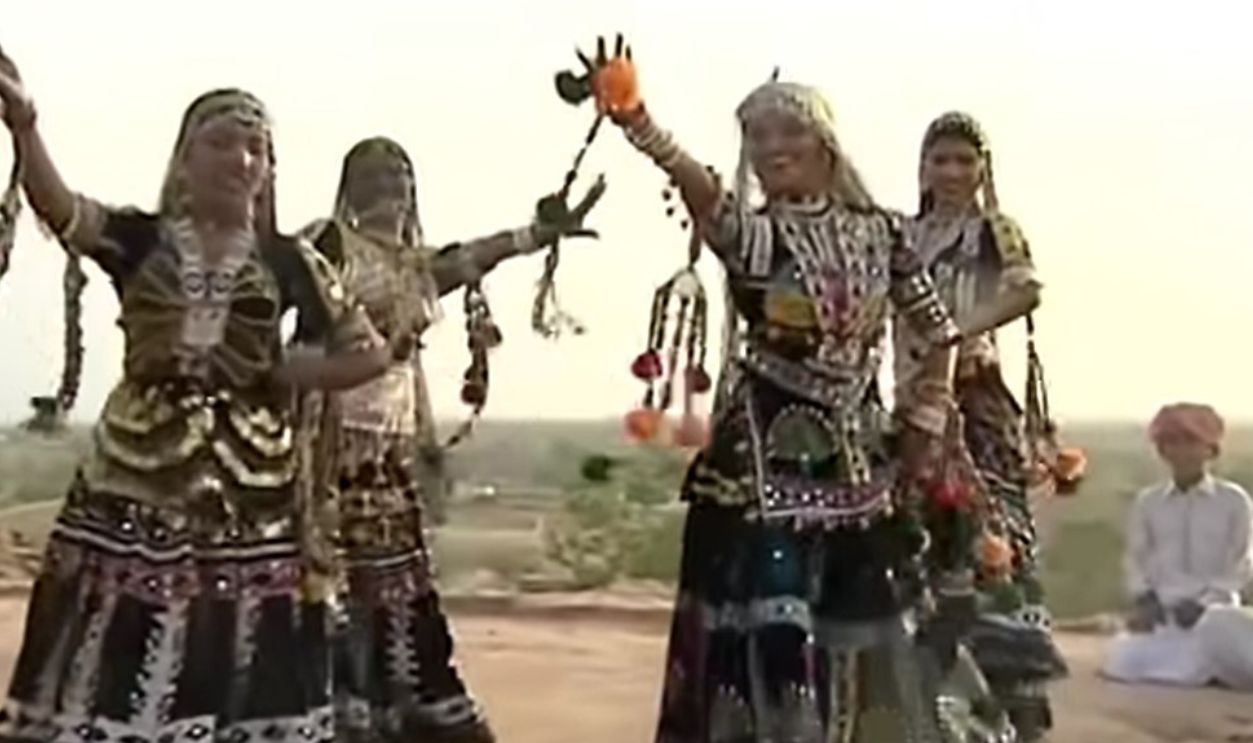 Kalbelia folk songs and dances of Rajasthan by UNESCO
Kalbelia folk songs and dances of Rajasthan by UNESCO
They Are Musicians On The Side
During the dance, men play traditional instruments, like the pungi (a snake-charming flute), the dholak, and the khanjari. They combine these to create a rhythm that grows faster with each beat. The women spin with the tune while showing off their tattoos and jewelry in sultry movements.
They Have International Recognition
Today, local and international students travel to Rajasthan to learn this expressive dance. The family's women lead these performances, dressed in their finest ethnic attire. Then, they bring the spectacular Kalbeliya dance to life as local folk music echoes around them.
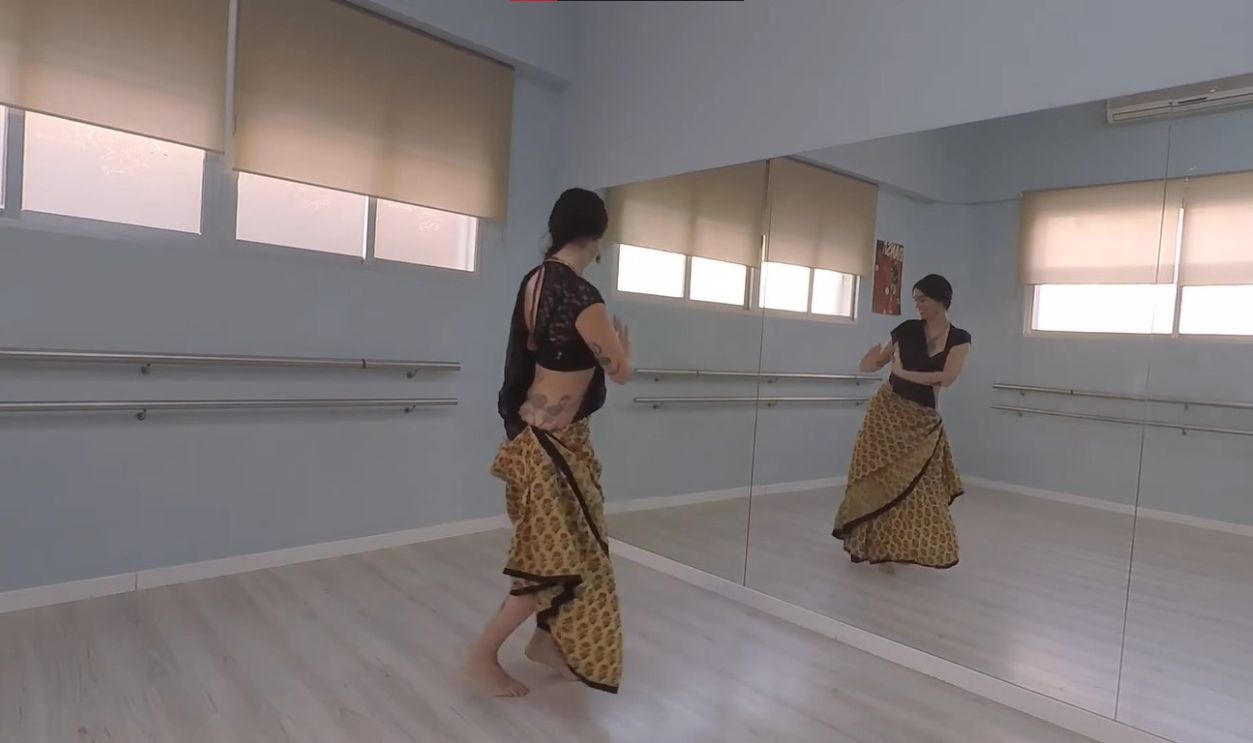 LEARN KALBELIA DANCE ONLINE by Elizabeth Medina Indian Fusion
LEARN KALBELIA DANCE ONLINE by Elizabeth Medina Indian Fusion
They Have Other Skills
Almost every member of this tribe has other skills. They have vast experience as horse trainers, camel caretakers, and shepherds. Their family performs traditional dance shows in nearby hotels for guests as well. Despite their nomadic upbringing, many tribespersons are trying new ways to make a living.
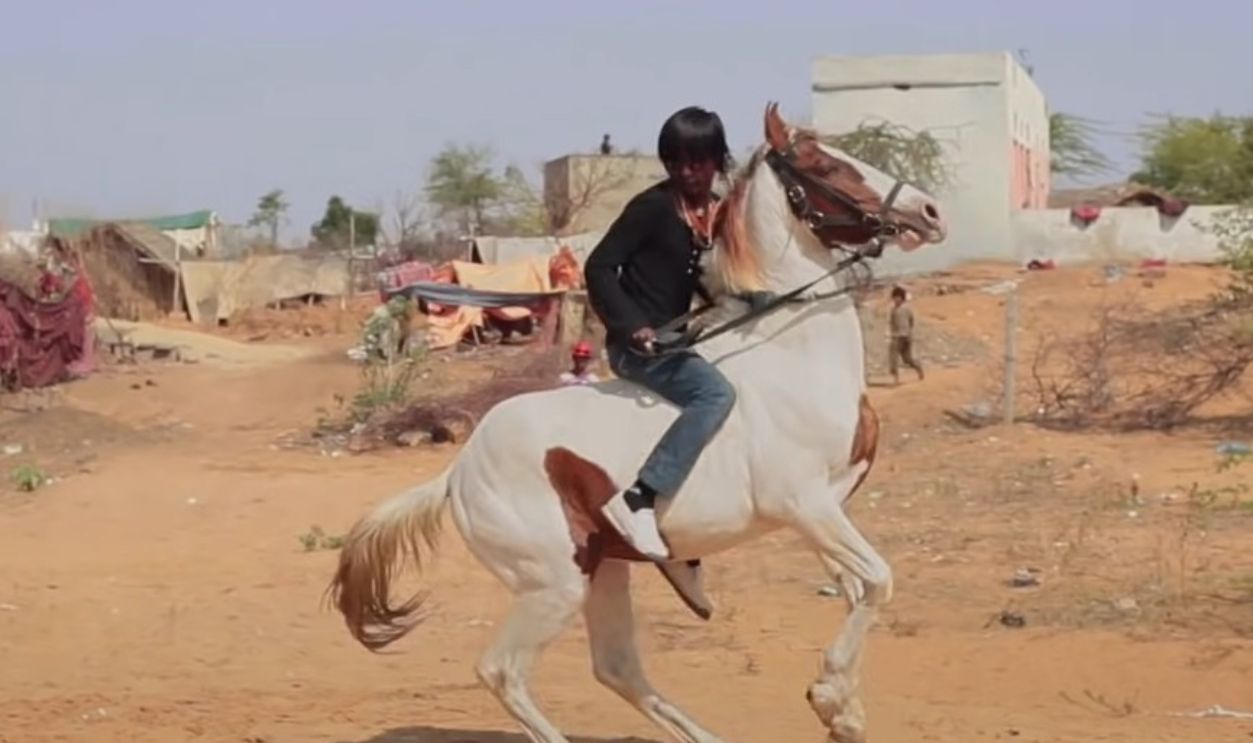 Inside The Kalbeliya Tribe Of Rajasthan by Brut India
Inside The Kalbeliya Tribe Of Rajasthan by Brut India
They Celebrate A Festival Of Colors
Kalbeliyas were once feared in the desert until the government abolished their snake-charming practice. But they still honor cultural traditions. For instance, Kalbeliyas celebrate Holi, the festival of colors, in the name of Krishna. It's a joyful time when everyone forgets social divisions to enjoy the music and dancing.
It Lasts For Two Days
During Holi, the whole place is colorful for two days. While some love seeing colored water everywhere, others prefer the food and laughter that come with henna battles. There are even night parties. Holi reminds the Kalbeliyas that, despite challenges, they're one joyful community.
Sometimes, Holi Spills Into Four Days
The celebrations last long and may last four days, depending on the available food. They are all about concerts, dancing, and celebration. The festivities attract tourists worldwide; sometimes, about 2,000 people gather to party. They come to enjoy the event, meet others, or show off their culture.
They Used To Hold Music Tours With Snakes
Before the government banned Kalbeliyas from playing with their favorite pet, their men traveled to villages carrying cobras in cane baskets while women sang and danced. Whenever snakes enter homes, a Kalbeliya is called to remove them safely and respectfully. To date, families have at least one person snake charmer.
Snakes Are Respected In Kalbeliya Culture
Kalbeliya women wear red and black attire during the music tour. Dancers start learning early, with slithering reptiles as partners. The Kalbeliyas regard the cobra as a symbol of their culture. Snakes love to dance, too—they're always peaceful and calm.
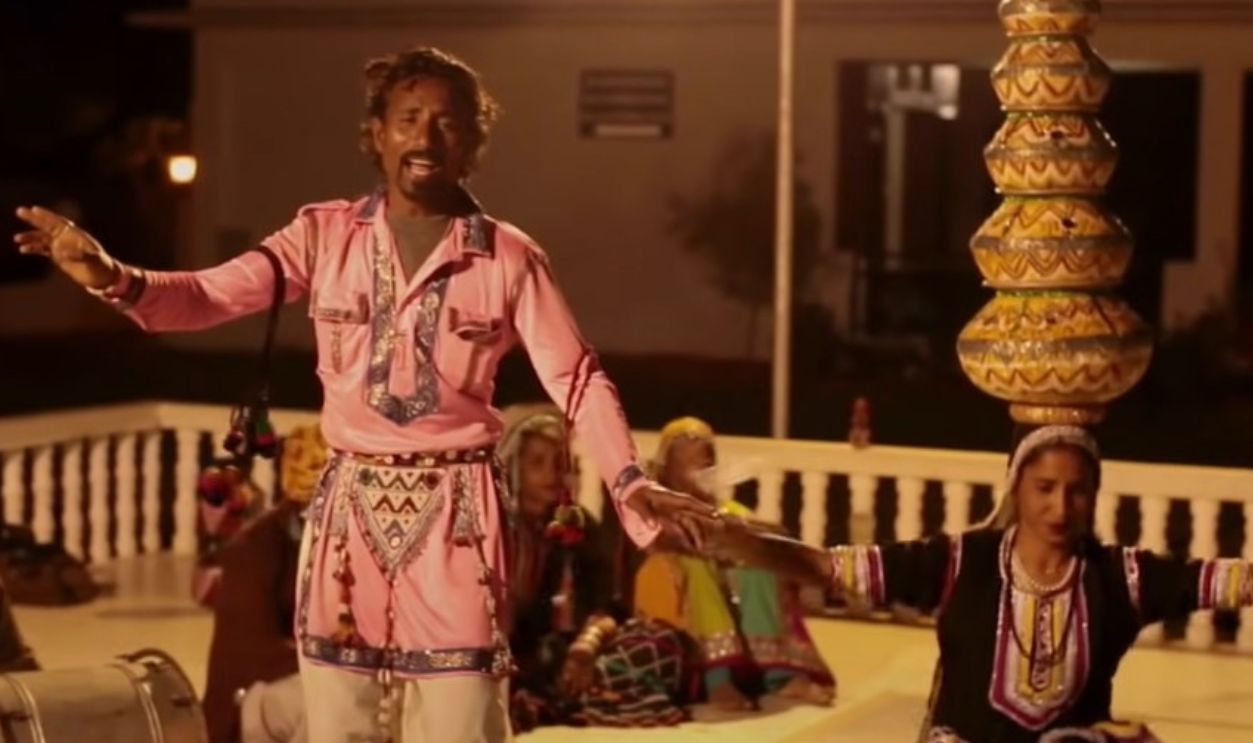 Inside The Kalbeliya Tribe Of Rajasthan by Brut India
Inside The Kalbeliya Tribe Of Rajasthan by Brut India
India Passed A Law That Restricted Kalbeliyas
After India passed the Wildlife Act of 1972, prohibiting hunting and handling wild animals, Kalbeliyas could no longer rely on snake charming—their traditional livelihood. This law changed everything. Women took center stage as the leading artists and started supporting their families with dancing and singing.
 Bernard DUPONT, CC BY-SA 2.0, Wikimedia Commons
Bernard DUPONT, CC BY-SA 2.0, Wikimedia Commons
It Stopped Their Major Source Of Income
Several settled Kalbeliyas used to earn a living from snake-charming and exhibition. Fathers and their young sons go out to find and catch cobras while avoiding injuries. On some days, these Jogiras show tourists how they track snakes in the desert.
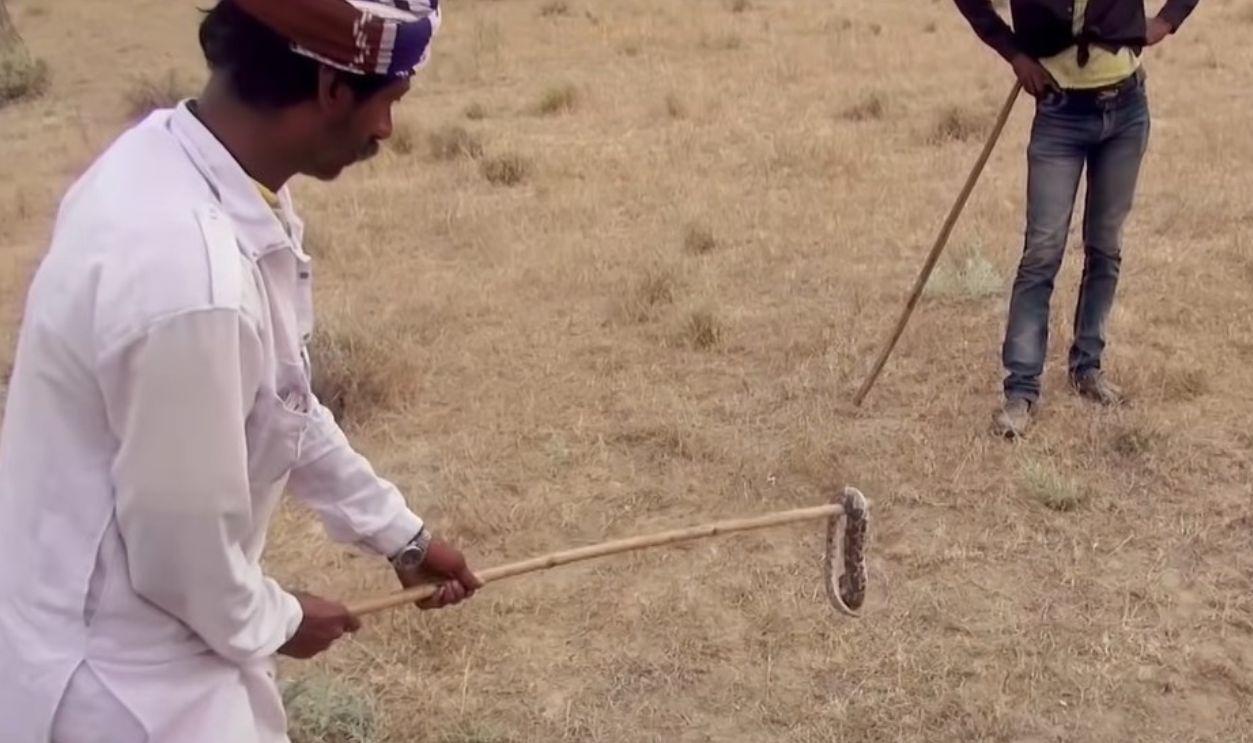 Inside The Kalbeliya Tribe Of Rajasthan by Brut India
Inside The Kalbeliya Tribe Of Rajasthan by Brut India
They Can Still Find Desert Animals
Despite being restricted, the Kalbeliyas still know desert animals like the backs of their palms. They know how to fish out snakes, hedgehogs, or monitor lizards by looking for slide-prints or shed skin. Although they no longer hunt them, they watch each species and understand how to handle them.
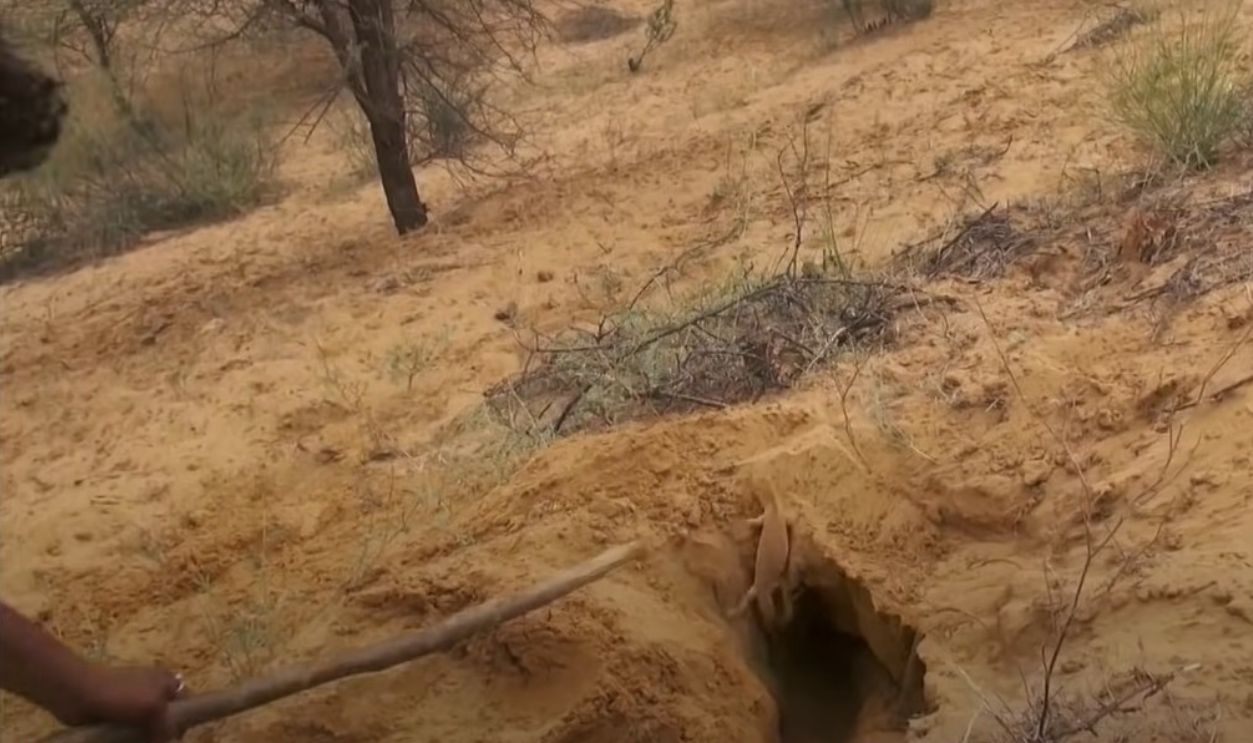 Inside The Kalbeliya Tribe Of Rajasthan by Brut India
Inside The Kalbeliya Tribe Of Rajasthan by Brut India
Saperas Don't Harm Snakes
When a cobra slithers into the village, the Kalbeliyas are called to catch it. The snake-charmer carefully puts a cloth around the cobra's mouth to prevent bites as he places it into a basket. At dawn, he heads out to release the cobra far from the village.
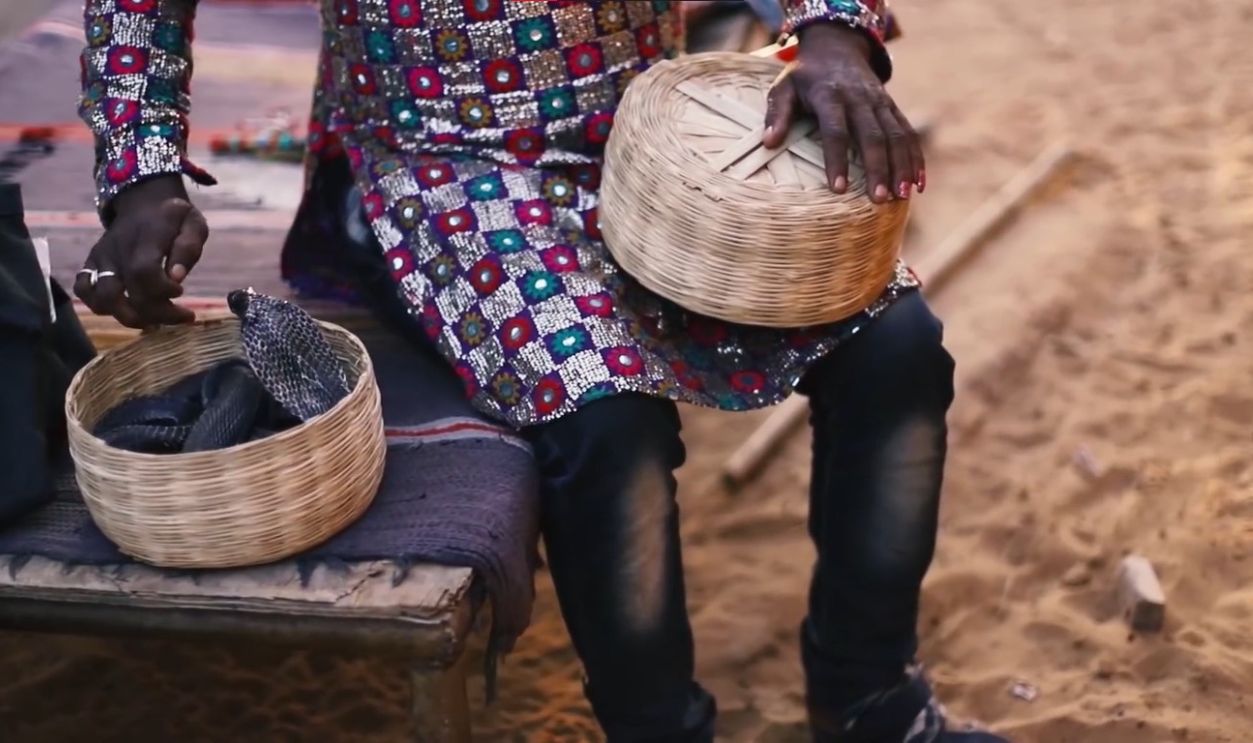 The Kalbelias of Rajasthan by TLF magazine
The Kalbelias of Rajasthan by TLF magazine
They Used Its Venom For Healing
Kalbeliyas understand the cobra's needs. They know the snake needs the sun's heat to regain energy and move, so it's kept in a basket. Some Kalbeliyas may decide to (illegally) extract its venom for sale. It's allegedly a helpful traditional Ayurvedic medicine that helps with eyesight.
 Gregor Younger, CC BY-SA 2.0, Wikimedia Commons
Gregor Younger, CC BY-SA 2.0, Wikimedia Commons
Their Women Aren't Left Out
Jogiras often go on desert treks with their young sons to teach them the ways of the wild. Women are included, too, so it's common to meet a shepherdess. Those who stay back at camp work together, chopping wood and building charcoal piles.
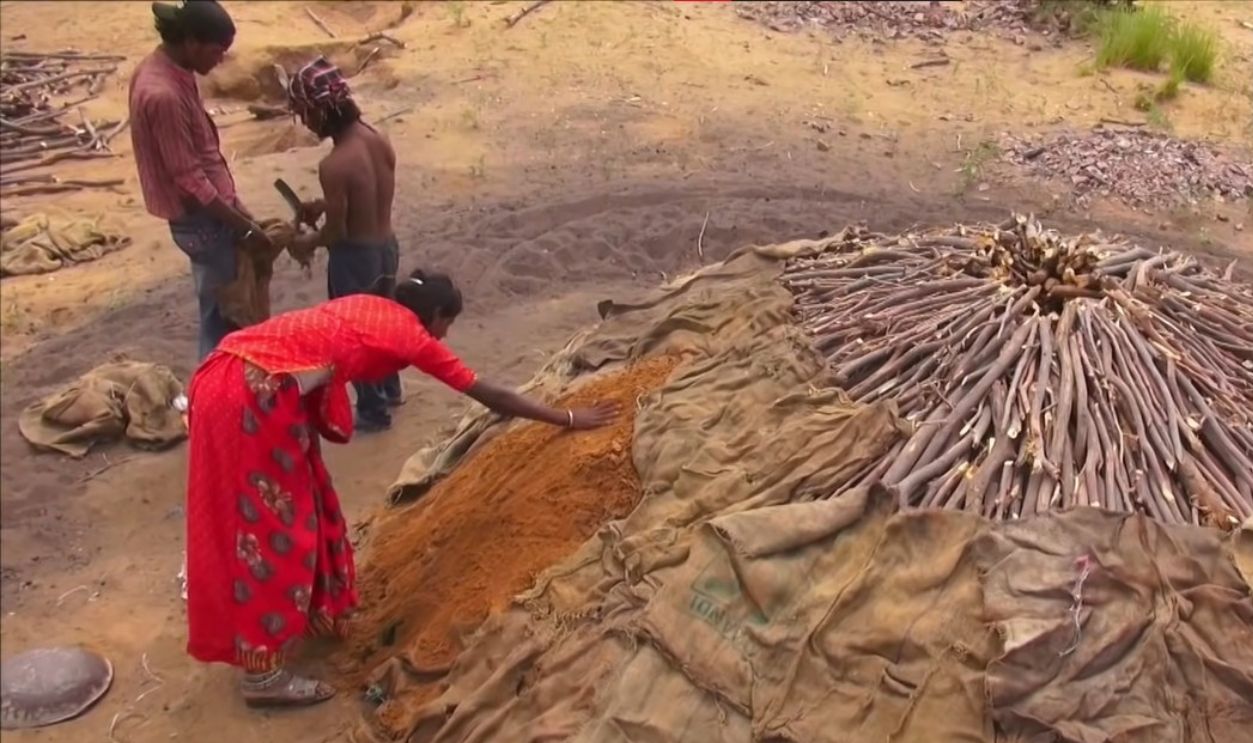 Inside The Kalbeliya Tribe Of Rajasthan by Brut India
Inside The Kalbeliya Tribe Of Rajasthan by Brut India
Their Deserts Have Other Animals Besides Snakes
The Bengal monitor lizard is a common desert reptile common to Rajasthan. While scientists haven't expressly tagged it venomous, the Kalbeliyas believe it's as dangerous as a cobra. Although handling reptiles is part of their history, they now value letting these animals roam free, respecting their unique place in the desert.
 Sanjeevrs2000, CC BY-SA 4.0, Wikimedia Commons
Sanjeevrs2000, CC BY-SA 4.0, Wikimedia Commons
They Also Hunt For Honey
Kalbeliyas once hunted cobras at some point in their history, guided by snake tracks left in the sand. But that's not the only thing they hunt. They also go honey hunting, roaming camps, and the desert for bees that gather at water sources and around walls.
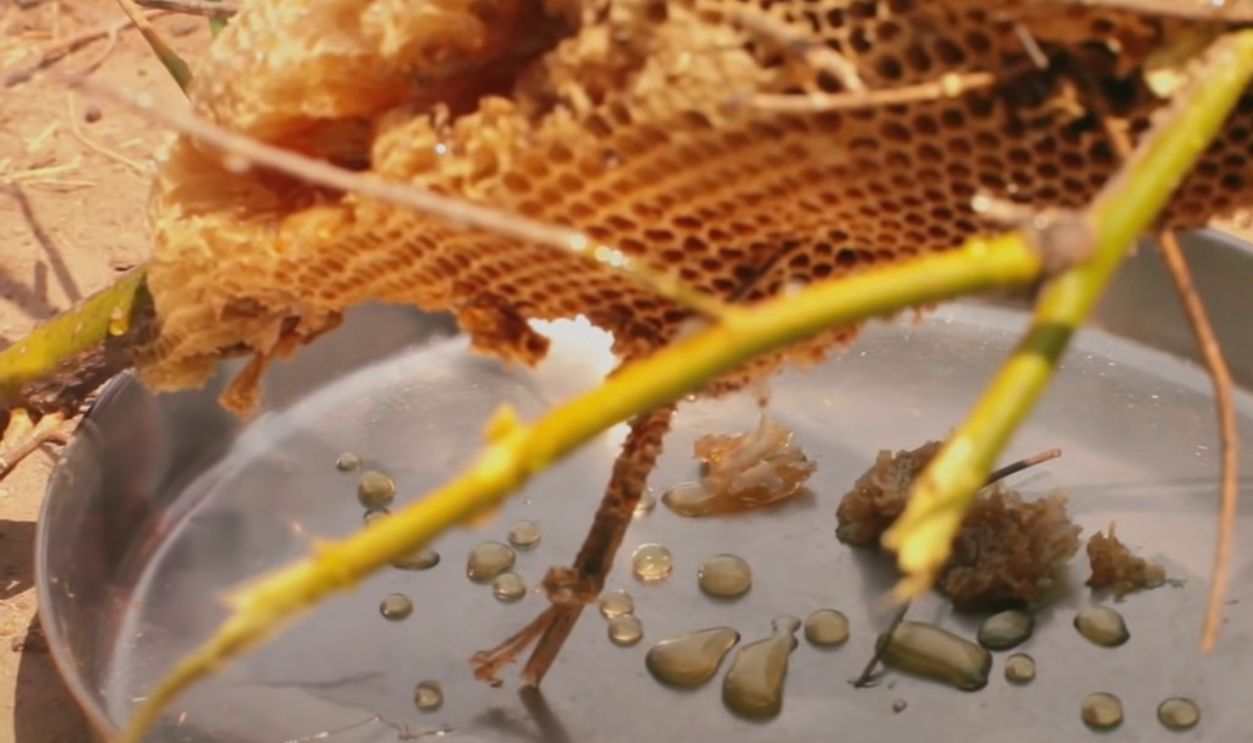 Inside The Kalbeliya Tribe Of Rajasthan by Brut India
Inside The Kalbeliya Tribe Of Rajasthan by Brut India
They Hunt With a Beedi
Kalbeliyas may also find beehives high in a tree. When they do, they smoke out the occupants with beedi (a traditional tobacco cigarette). After the scared bees flee their homes, thinking there's a fire, Kalbeliya adults gather the honey. Children aren't allowed near hives, by the way.
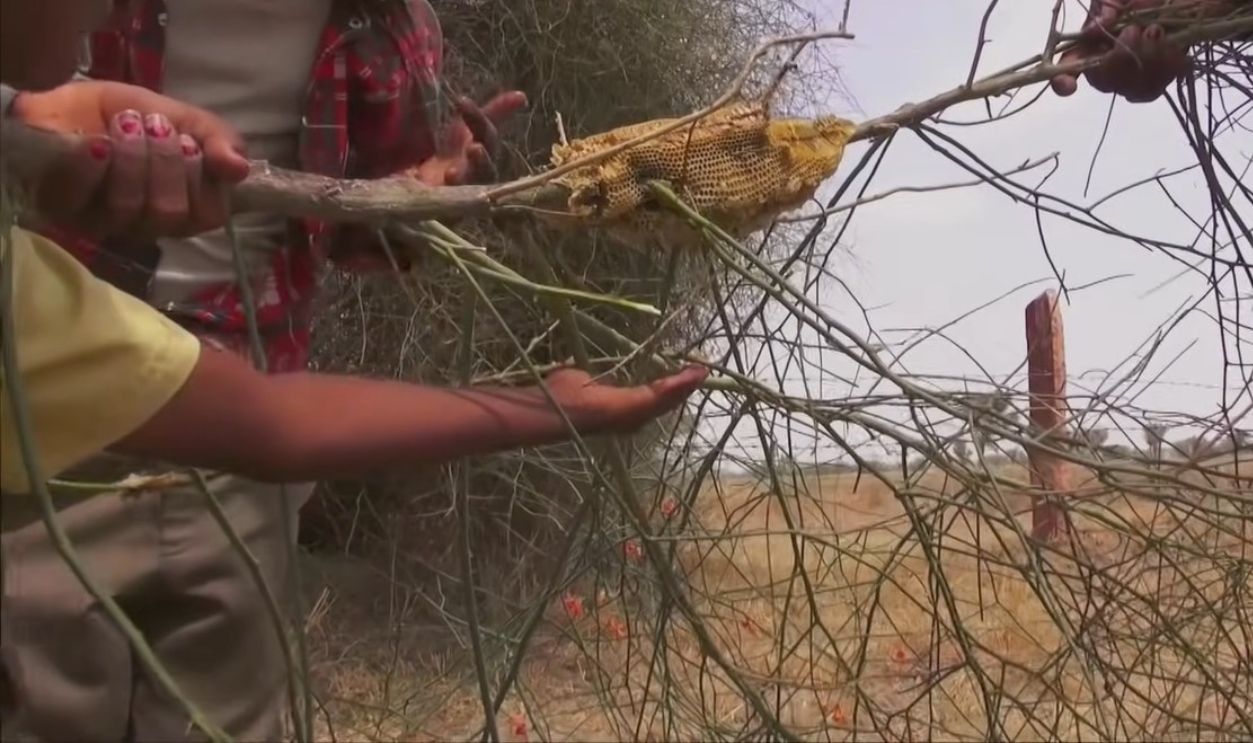 Inside The Kalbeliya Tribe Of Rajasthan by Brut India
Inside The Kalbeliya Tribe Of Rajasthan by Brut India
There Are Also Antelopes
Another animal in Rajasthan deserts is the Nilgai, or "Blue Bull". This large Asian antelope loves crops. Before they scattered, certain tribes protected farms by hunting them. Today, Kalbeliyas understand how the land and its animals are vital to their culture.
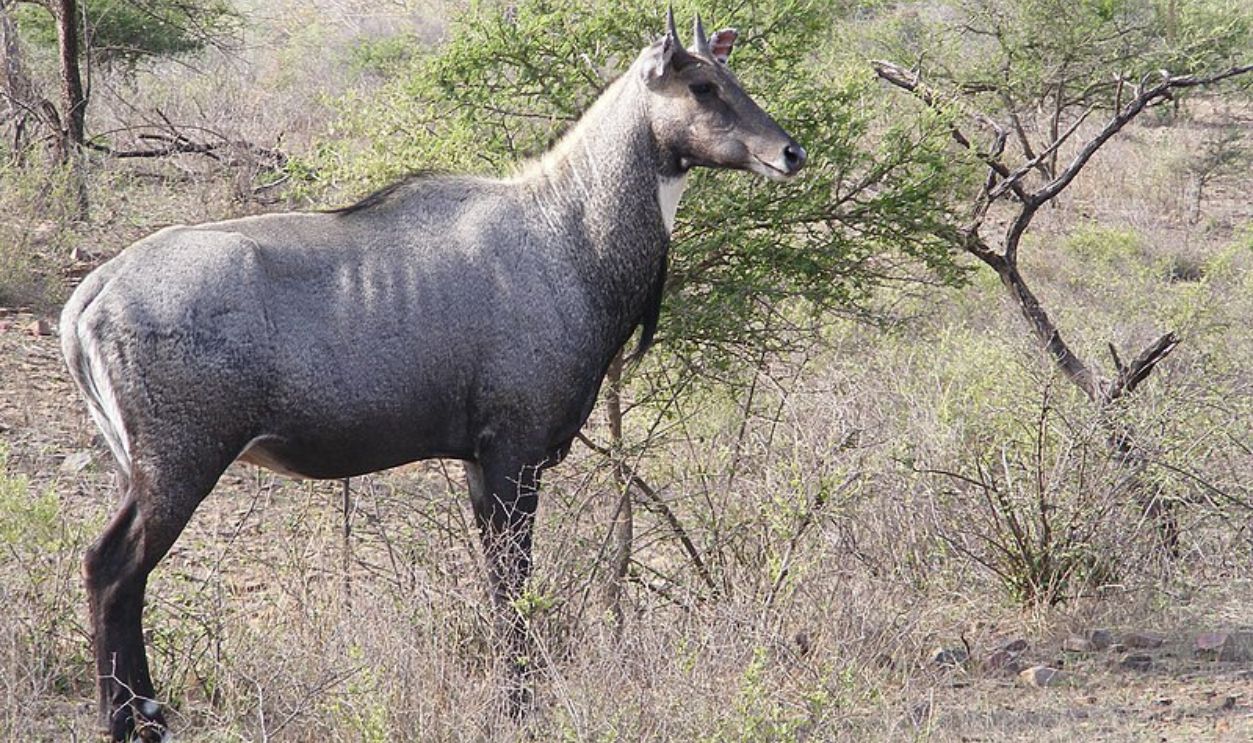 Vedang Narain, CC BY-SA 4.0, Wikimedia Commons
Vedang Narain, CC BY-SA 4.0, Wikimedia Commons
Kalbeliyas Love To Share
If you visit Kalbeliyas on a good day or a festive period, you'll enjoy the music from men who play until sunrise. You may also get to share their chai. But don't panic when you see a cobra joining the festivities. They're always welcome in Kalbeliya camps.
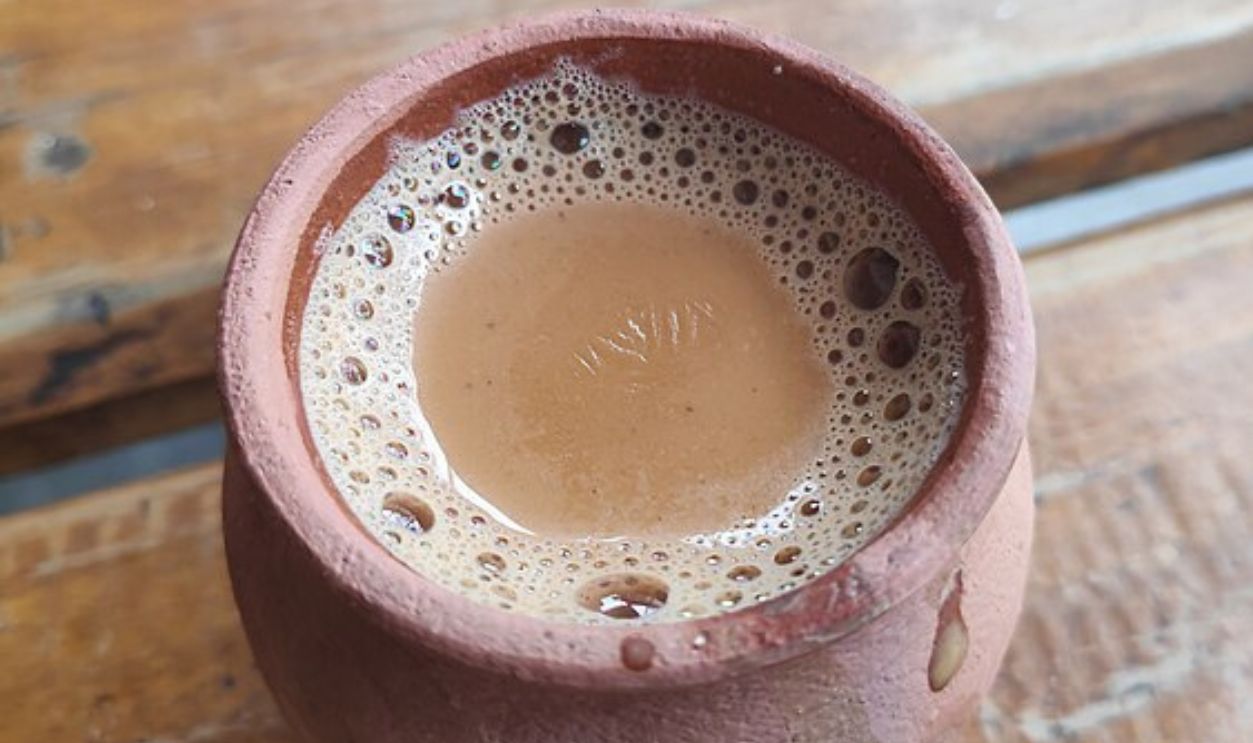 Gaurav Dhwaj Khadka, CC BY-SA 4.0, Wikimedia Commons
Gaurav Dhwaj Khadka, CC BY-SA 4.0, Wikimedia Commons
They Don't Follow Hindu Burial Rites
Life in the community is more than survival. Relatives hold meetings, women gather for haircuts, and there are mourning rituals to honor the dead. Unlike other Hindus, Kalbeliyas bury their loved ones instead of cremating them. But that's not all.
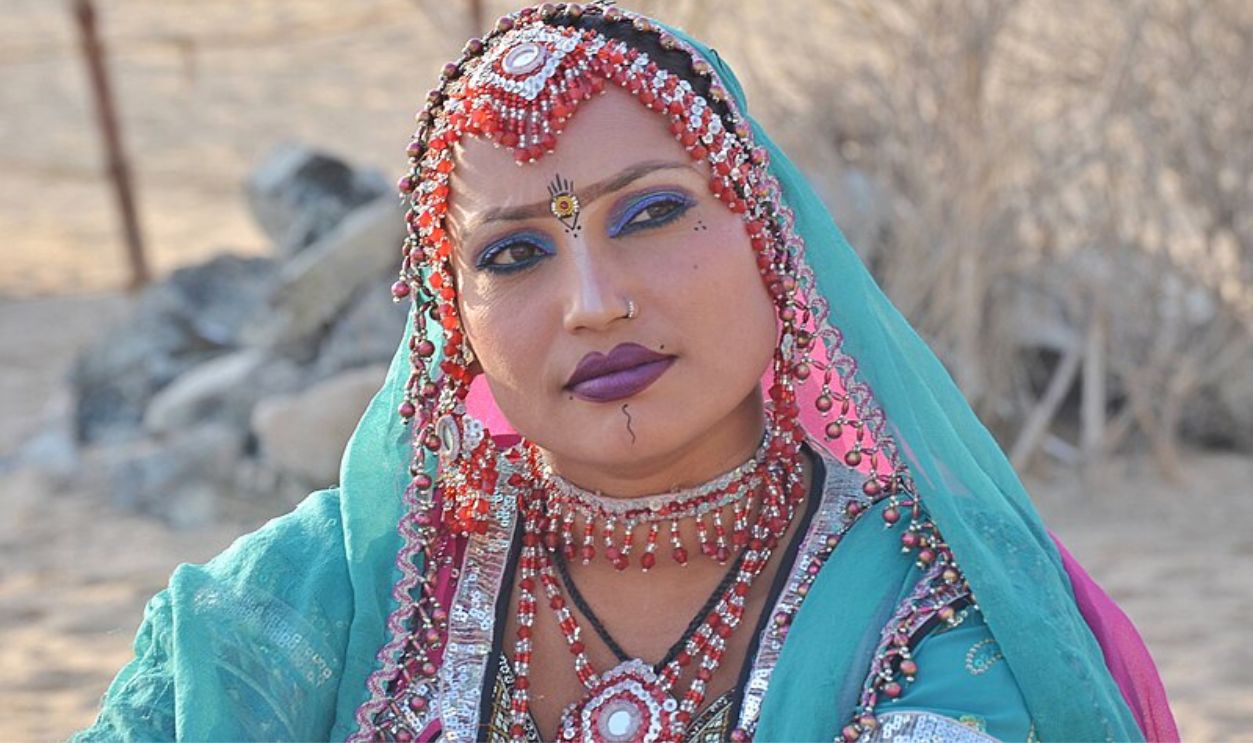 Vinod sapera, CC BY-SA 4.0, Wikimedia Commons
Vinod sapera, CC BY-SA 4.0, Wikimedia Commons
They Dancer At Burials
They often bury them with a statue of Shiva's Nandi bull placed on top. Funerals are usually a celebration of life. After the solemn funeral, they play music and dance to celebrate those who've passed. The most passionate dancers even receive money from onlookers as a tribute.
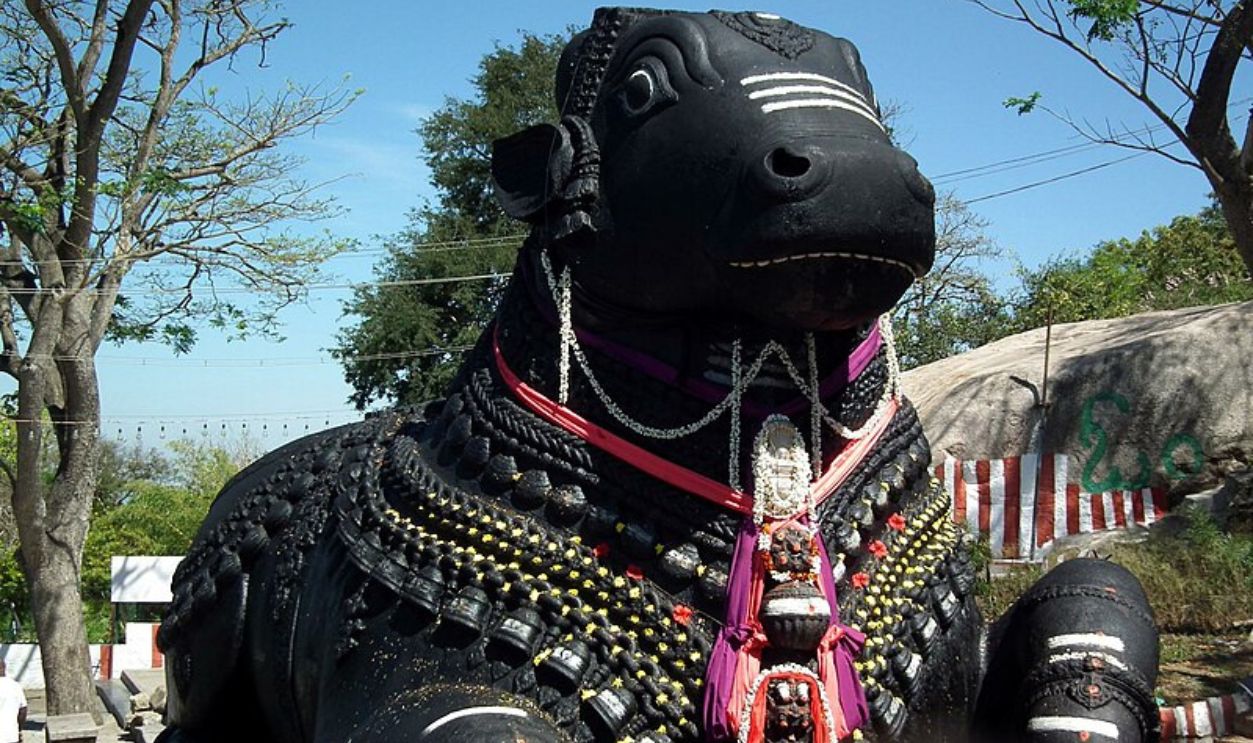 Ramesh NG, CC BY-SA 2.0, Wikimedia Commons
Ramesh NG, CC BY-SA 2.0, Wikimedia Commons
Their Marriage Ceremonies Are Special
In Kalbeliya culture, marriages are often arranged as early as age five, and couples stay together forever. There are special rituals during the ceremony. For instance, people cover the groom in a paste of flour and spices before he receives his mother's blessings and other gifts.
Wedding Events Are Like Musicals
On the wedding day, family musicians play traditional instruments like the Dholak, a drum often made from mango wood and goat skin. The groom wears a rupee necklace, and a DJ brings everyone together for the celebration at the bride's house. Kalbeliyas treasure weddings. It's a thing of honor.
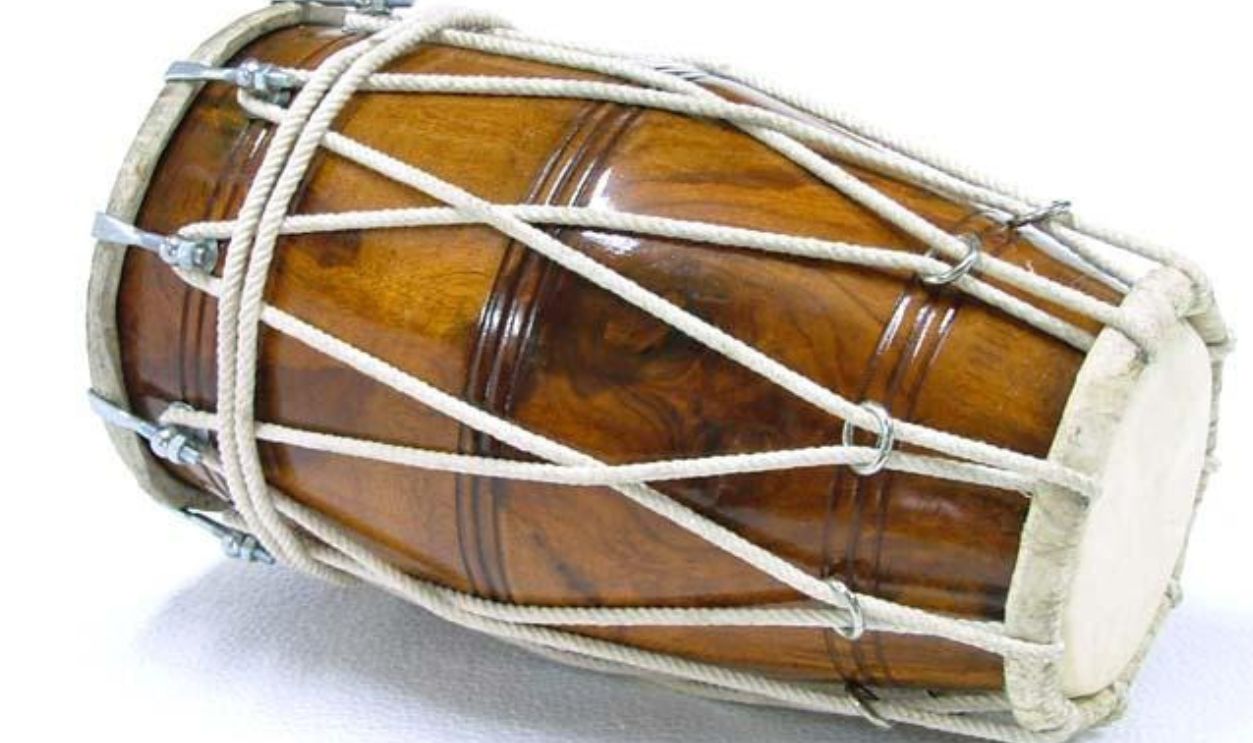 adil113, CC BY 2.0, Wikimedia Commons
adil113, CC BY 2.0, Wikimedia Commons
UNESCO Recognized Their Traditions
Another common musical instrument for Kalbeliya dancers is the Kartal, which looks like castanets made from wood or stones. Their songs, often improvised and based on folklore, are passed down orally without written manuals. In 2010, UNESCO recognized Kalbeliya's music and dance as an "Intangible Heritage".
 Imagedb, CC BY-SA 3.0, Wikimedia Commons
Imagedb, CC BY-SA 3.0, Wikimedia Commons
Kalbeliyas Were Royal Entertainers
Throughout the day, young girls invite visitors for makeup sessions. Their welcoming gestures make the atmosphere lively. Besides snake-charming, Kalbeliyas and entertainment are like a body and its shadow—inseparable. According to history and legend, they once entertained kings in lush palaces.
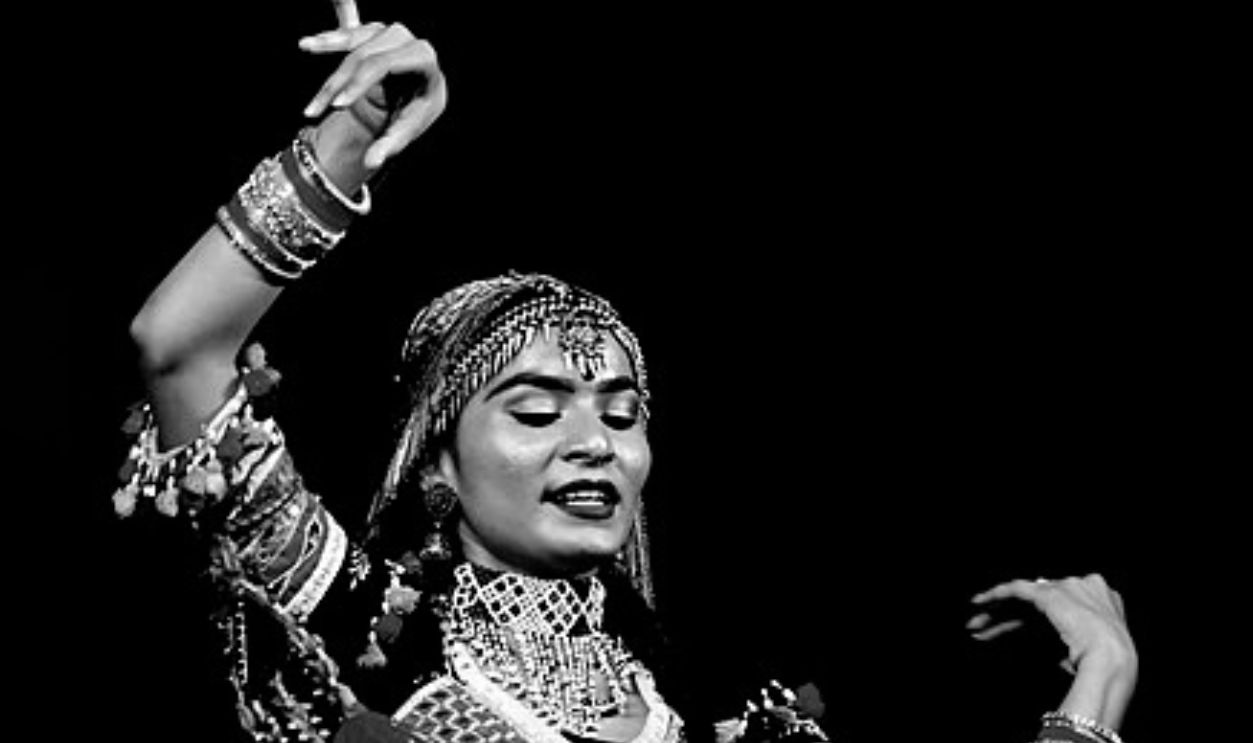 Manojmeena, CC BY-SA 4.0, Wikimedia Commons
Manojmeena, CC BY-SA 4.0, Wikimedia Commons
They Engage In Dance Battles
By evening, families gather together for mini concerts while continuing to entertain guests. During Kalbeliya weddings, young people, especially girls, also engage in dance battles, and as mentioned, the best dancers are rewarded. This culture is why Kalbeliyas treasure their daughters.
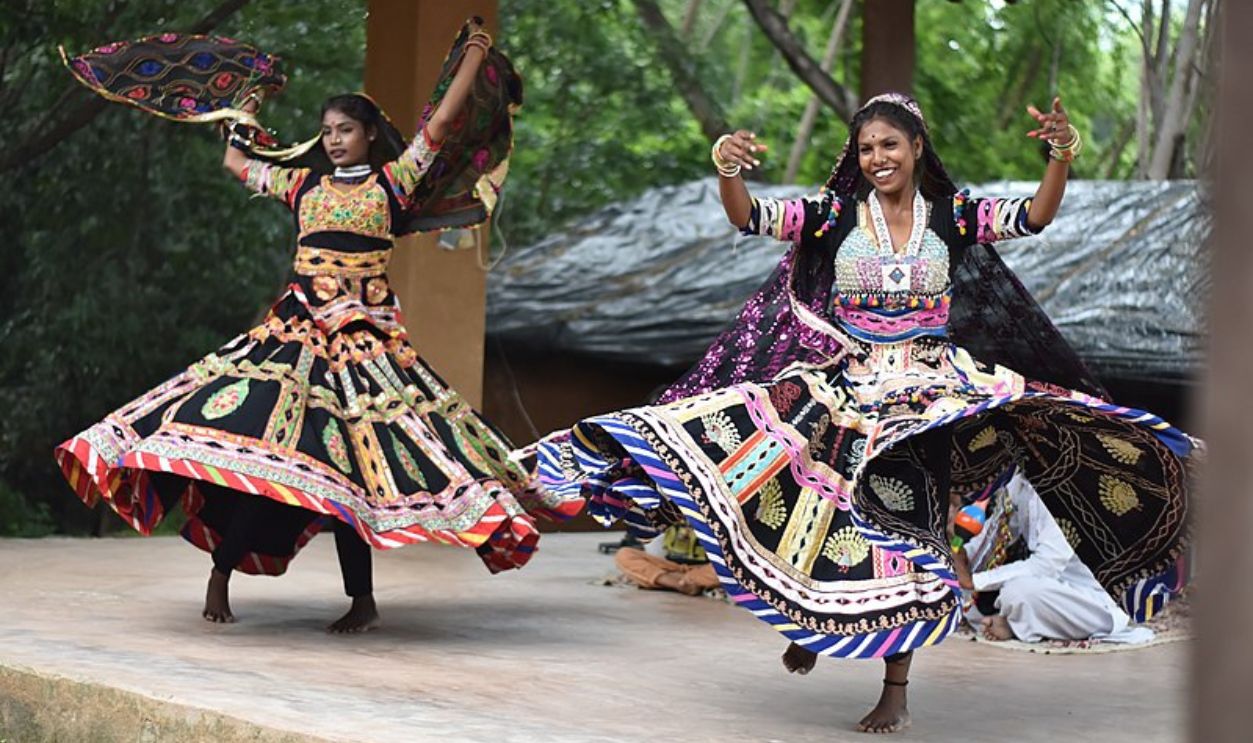 Kenneth Lewis, CC BY-SA 4.0, Wikimedia Commons
Kenneth Lewis, CC BY-SA 4.0, Wikimedia Commons
They Pass Their Knowledge To The Next Generation
When it's night, Kalbeliyas relax by playing games or simply hanging out as a close-knit community. Since there's no written Kalbeliya constitution, adults spend time passing down stories and skills to the next generation. After all, culture is a way of life. No culture, no life.
They're A Resilient Bunch
The world recognizes their art and music now. Their story is one of resilience and culture; although life has changed, they keep adapting. Besides the occasional income from seasonal tourism, Kalbeliyas sustain themselves working in fields or grazing cattle.
Kalbeliyas Shine The Torch On India
Today, Rajasthan attracts millions worldwide to tour India's art, culture, and music in India. Although cultural changes may threaten their ways, the Kalbeliyas will adapt as they always have and find ways to survive and grow as the world changes.

